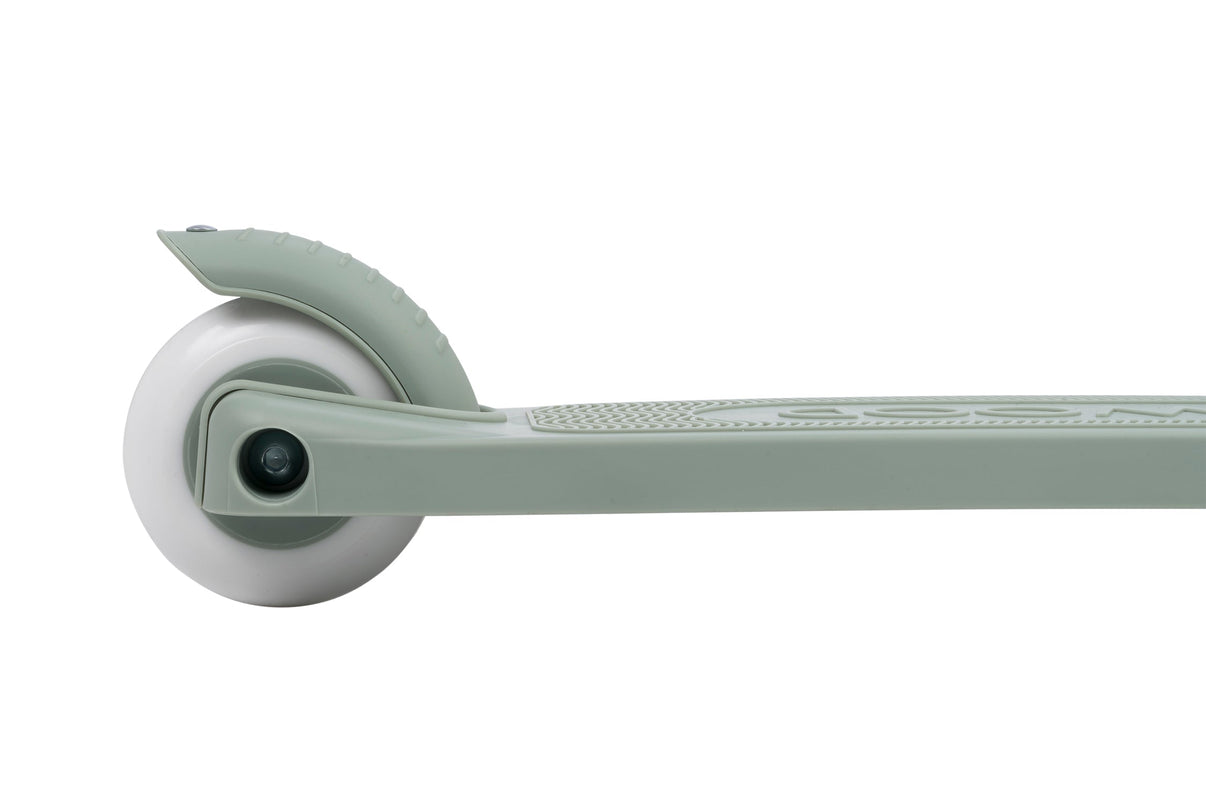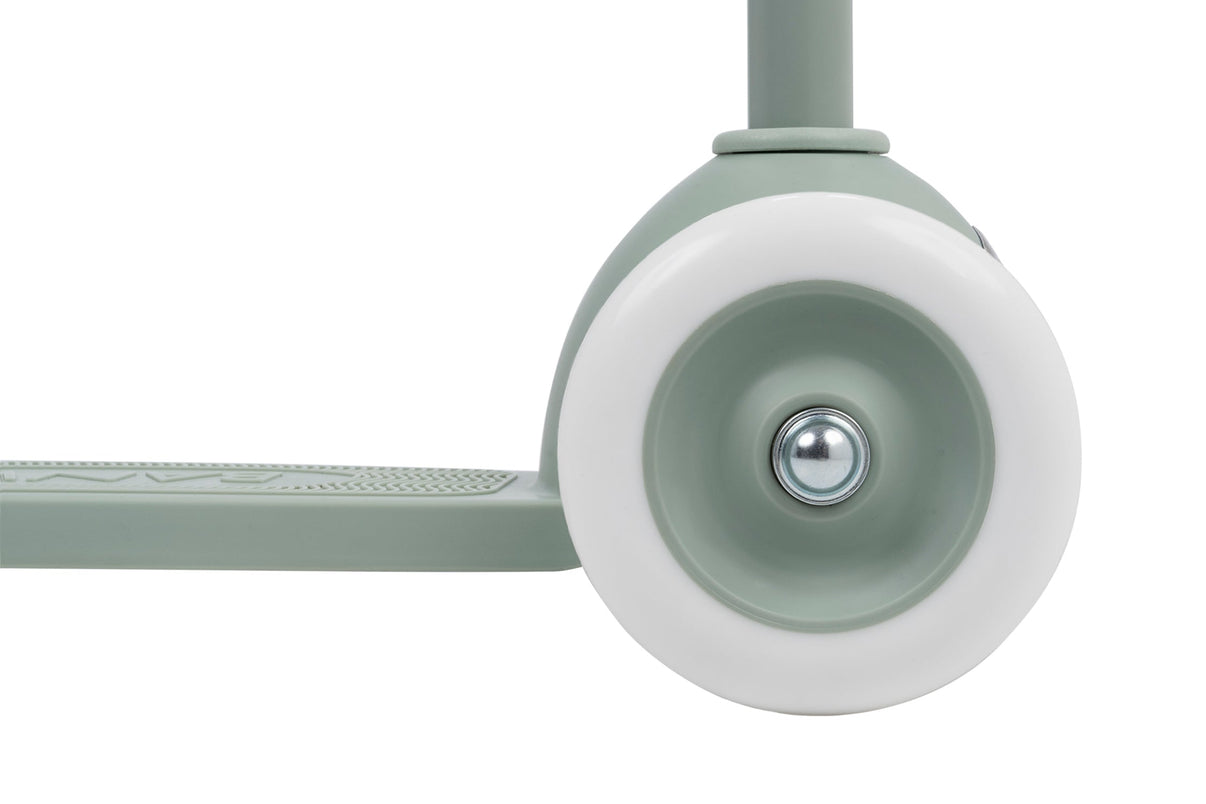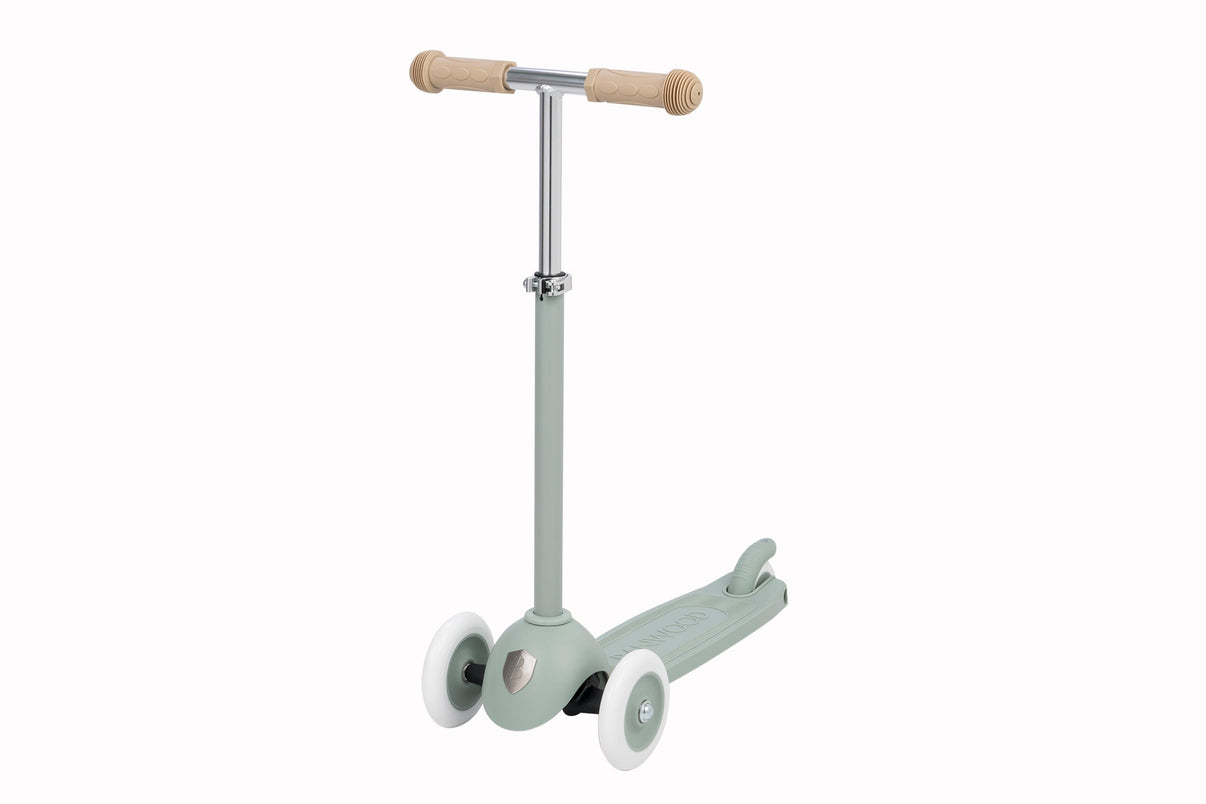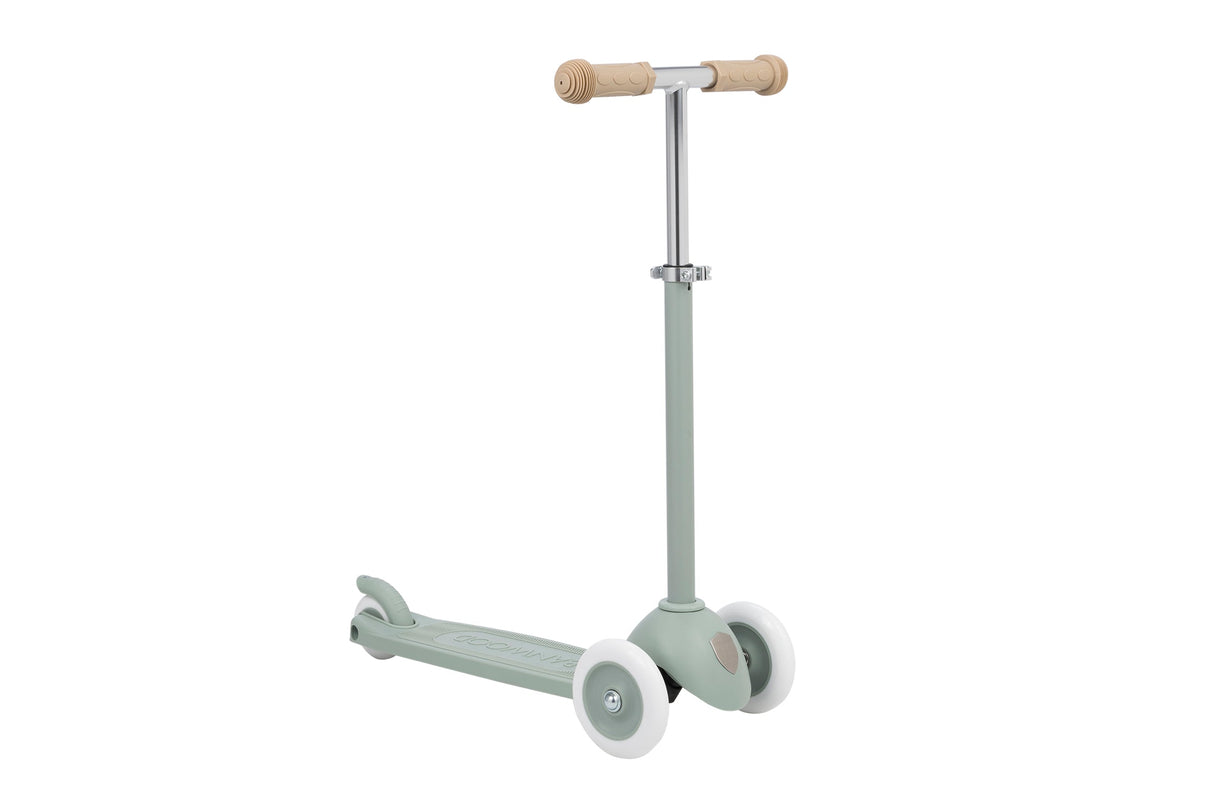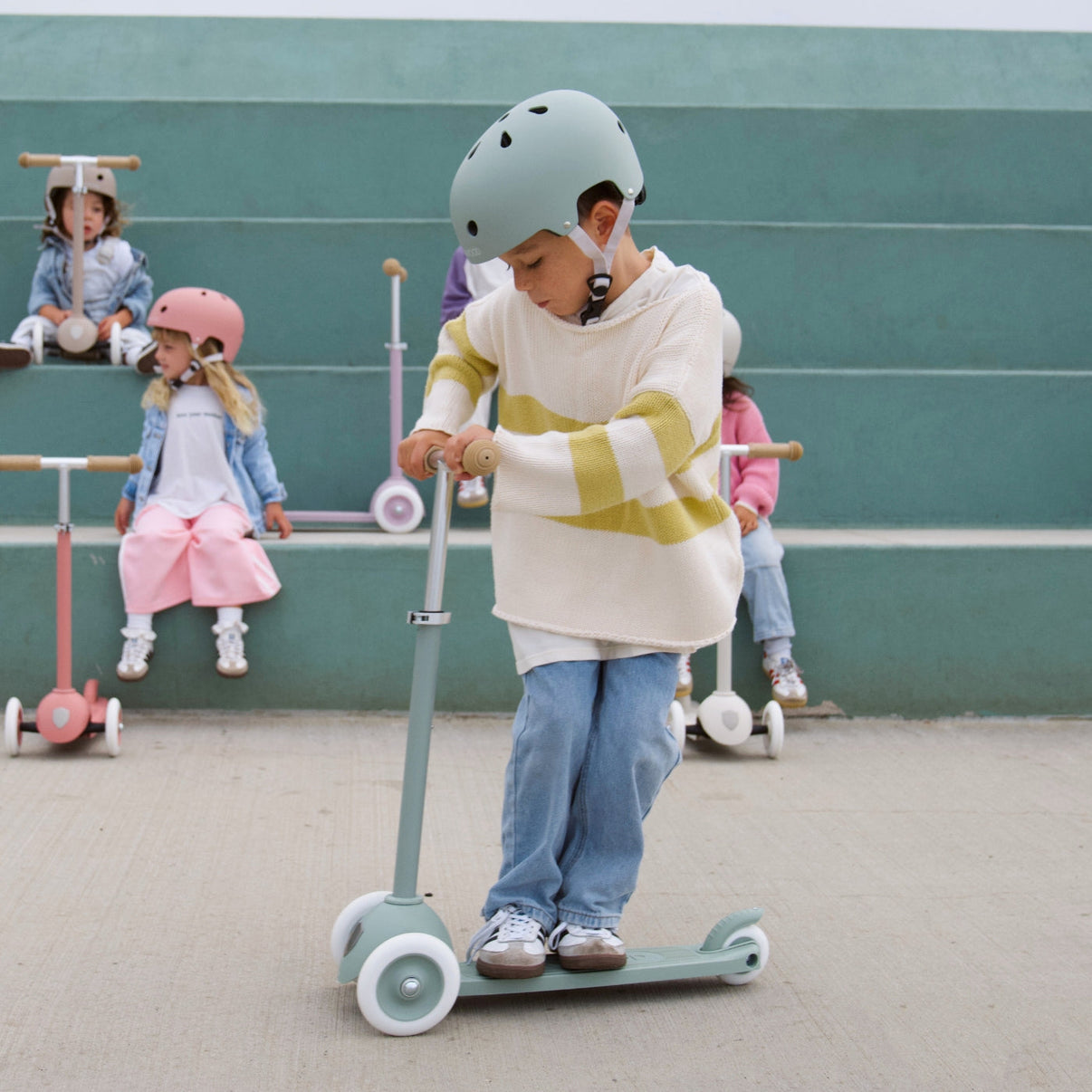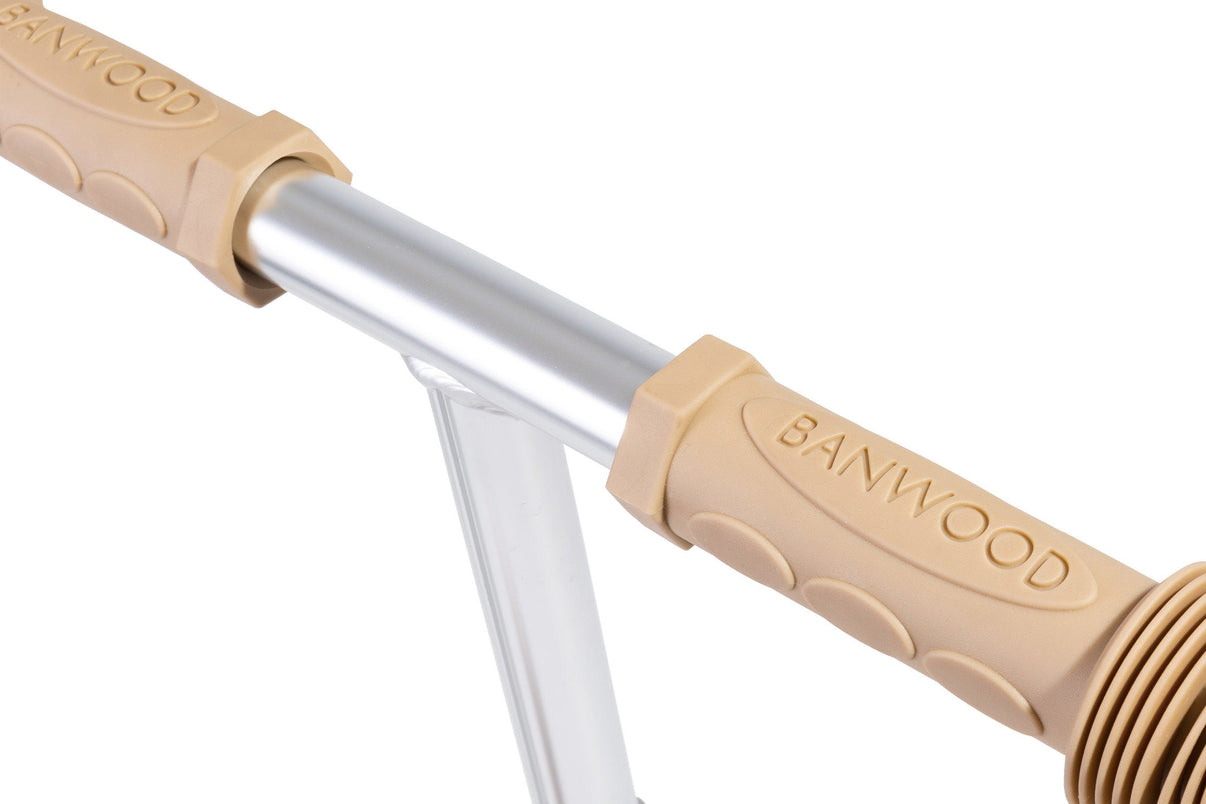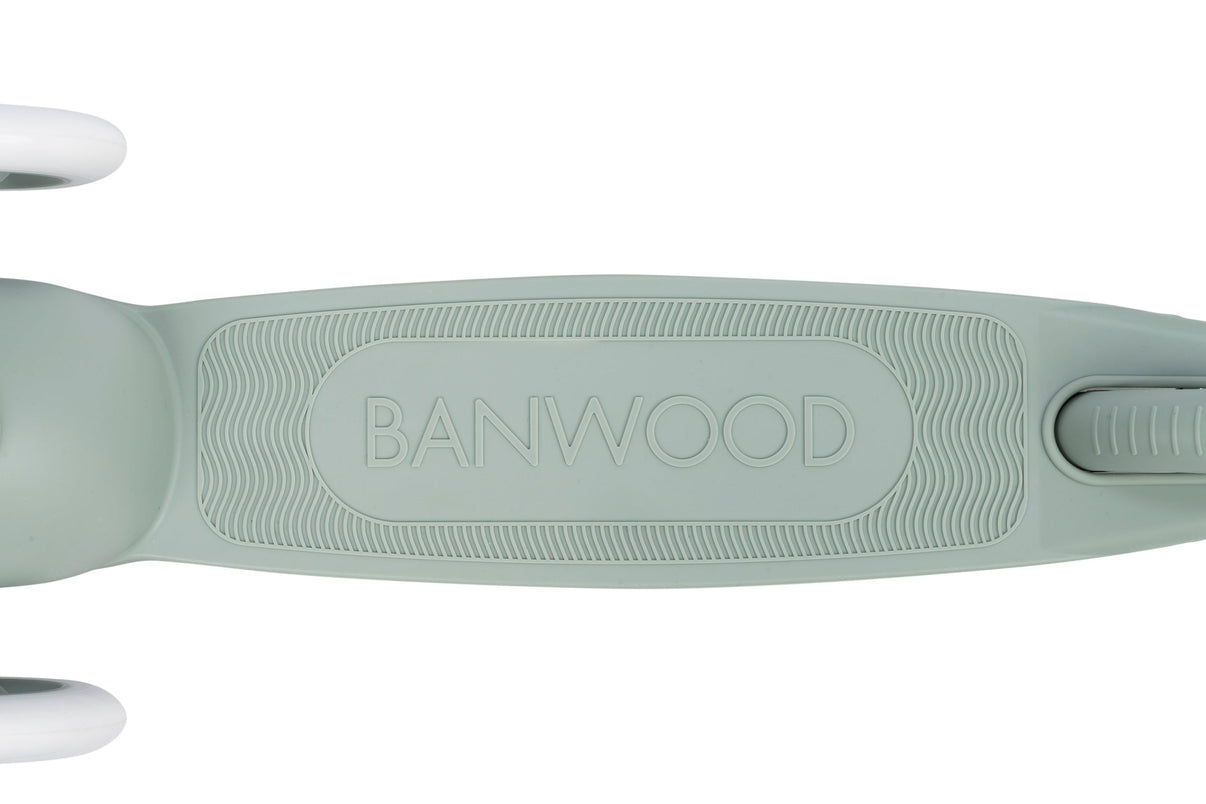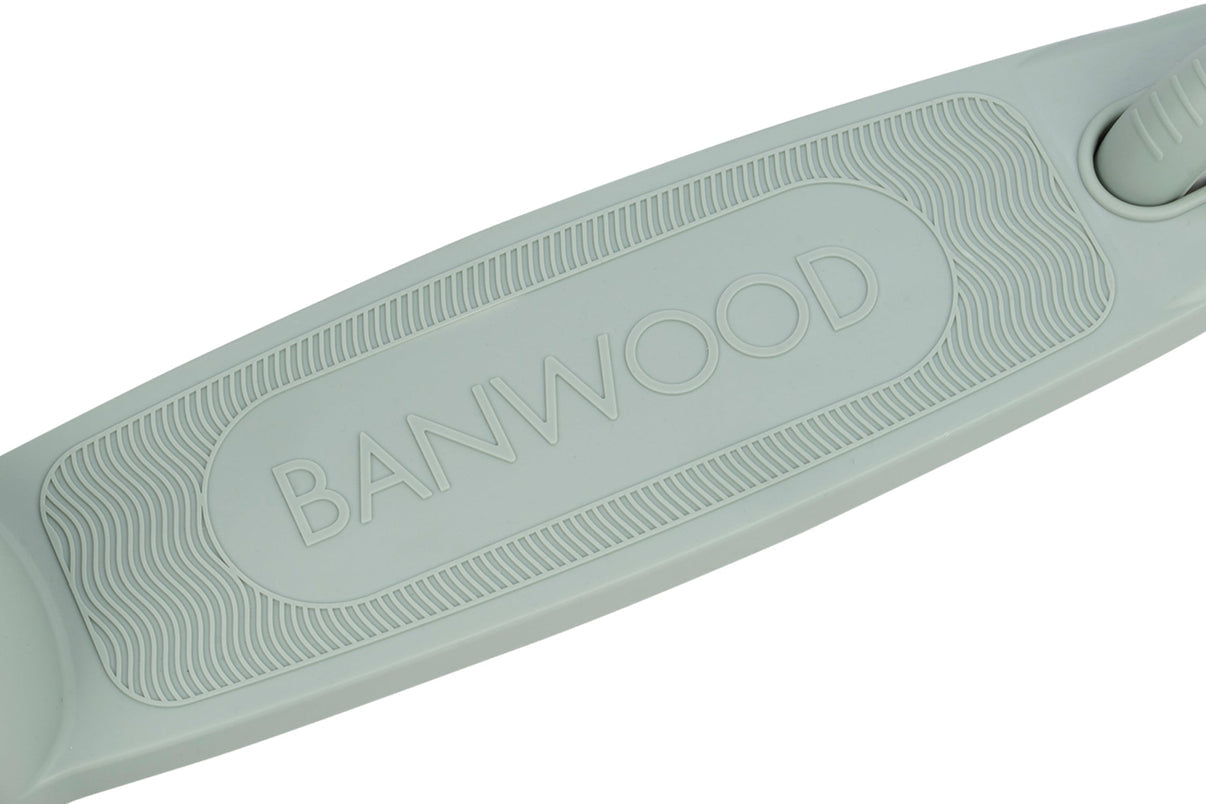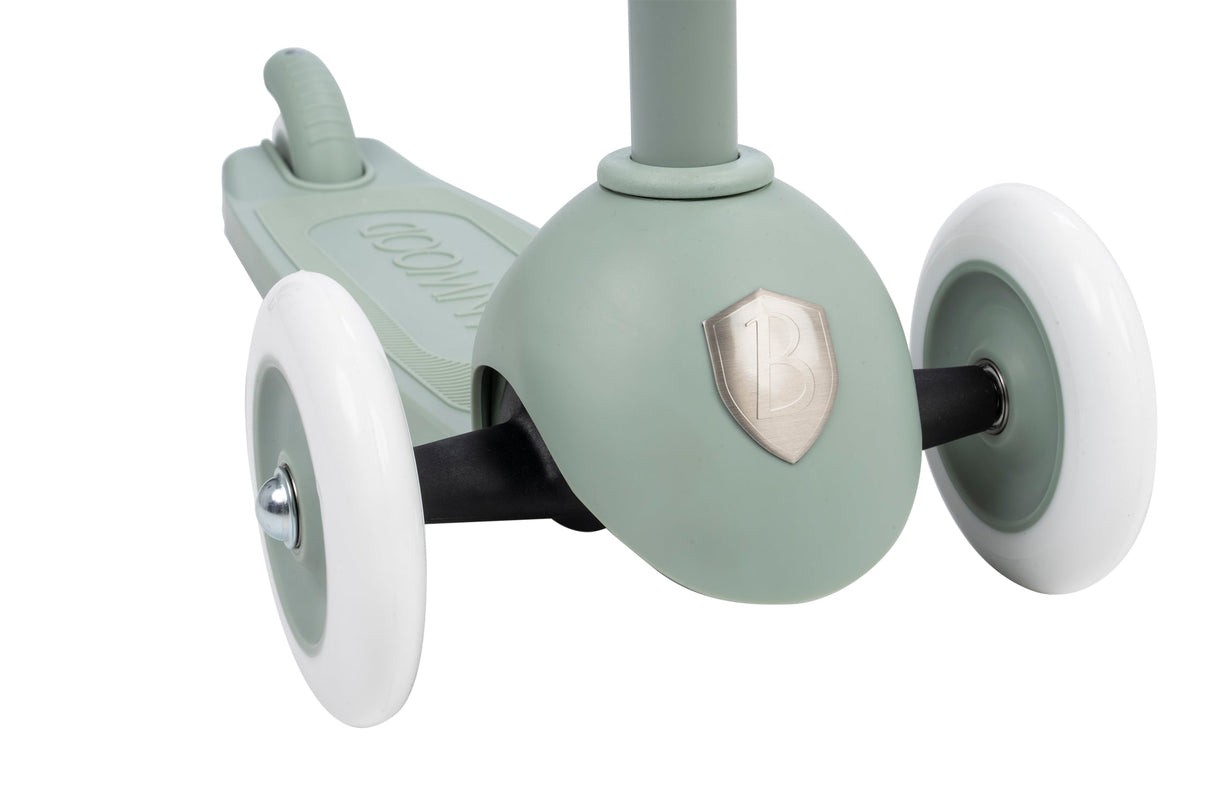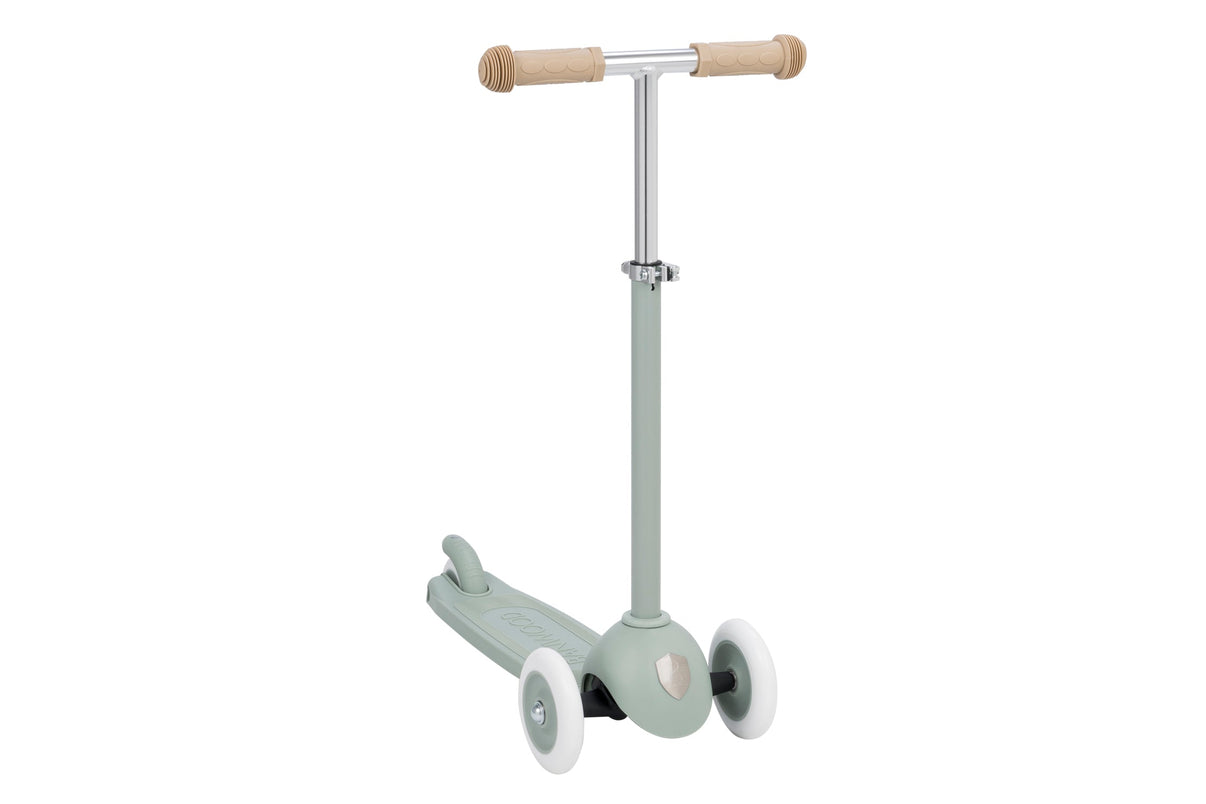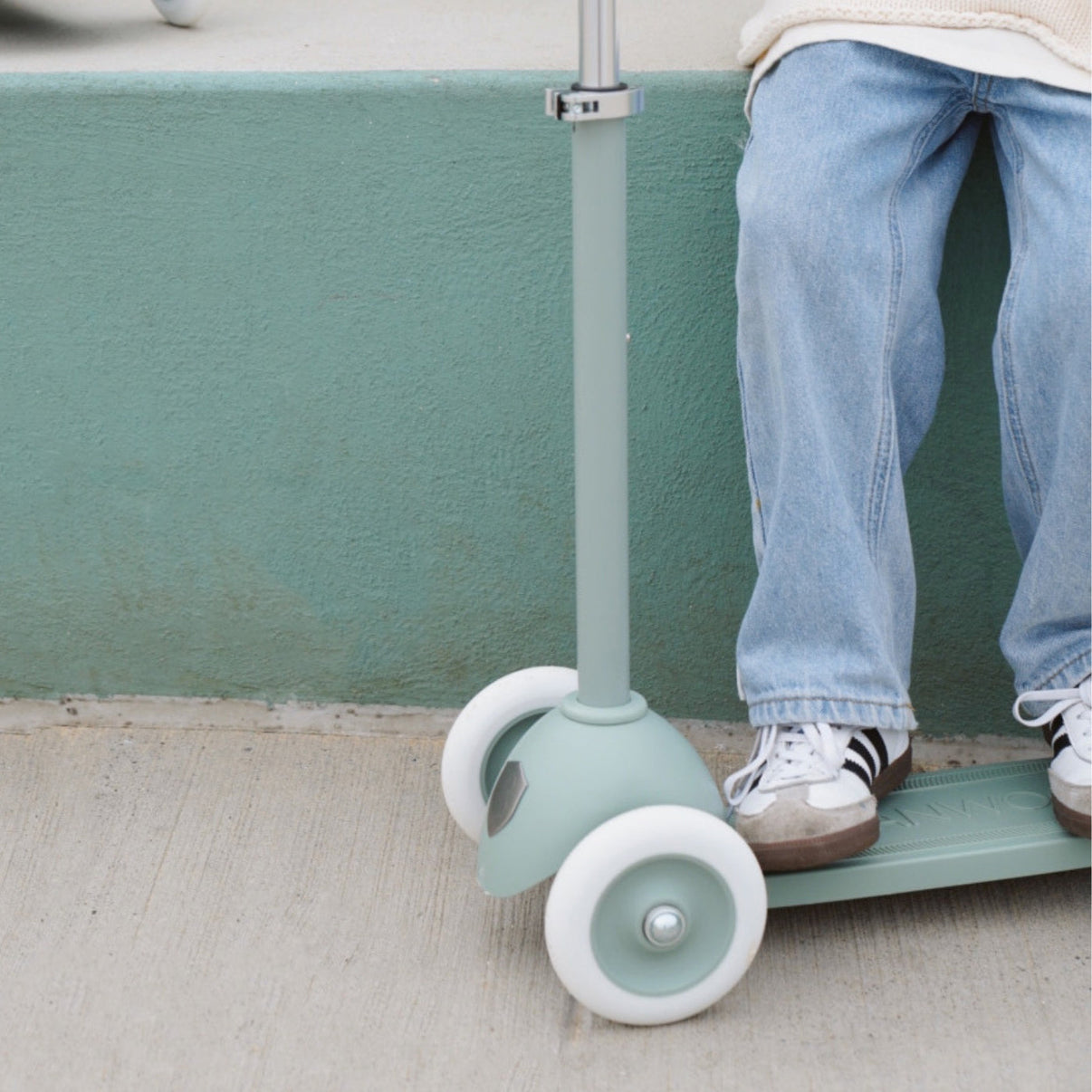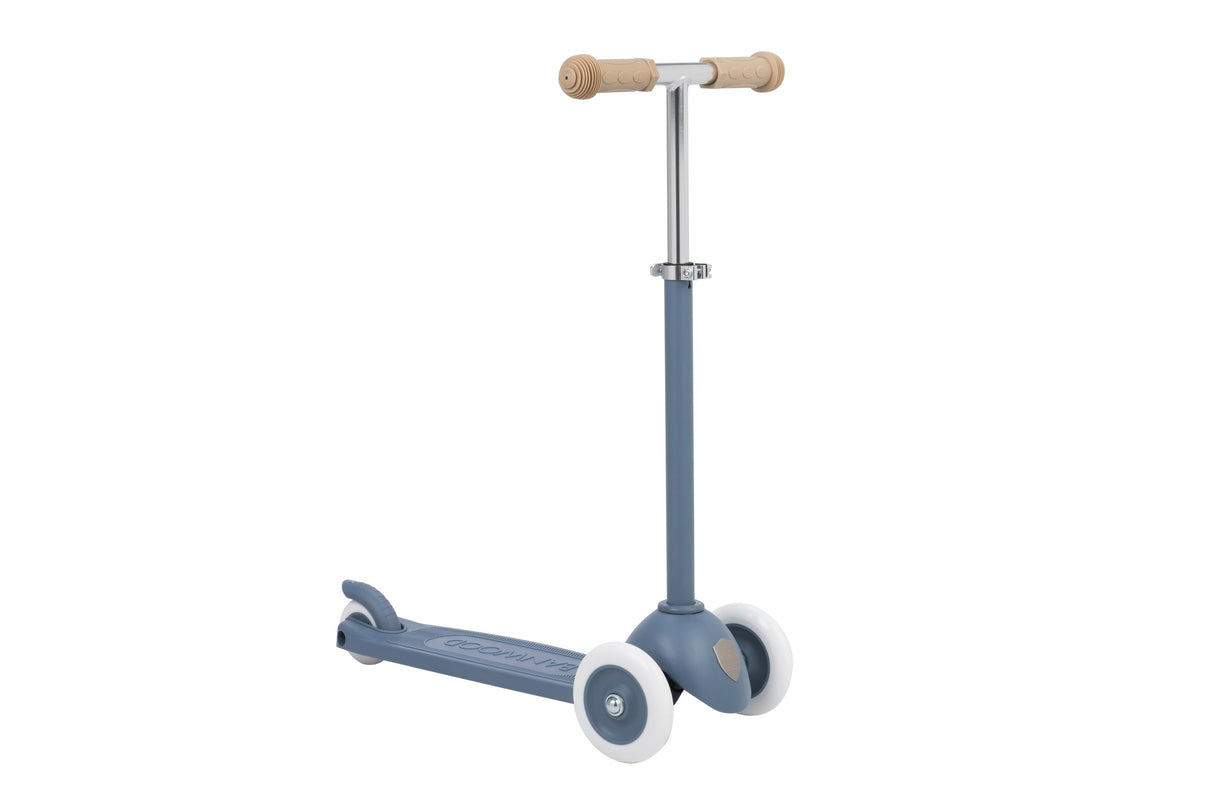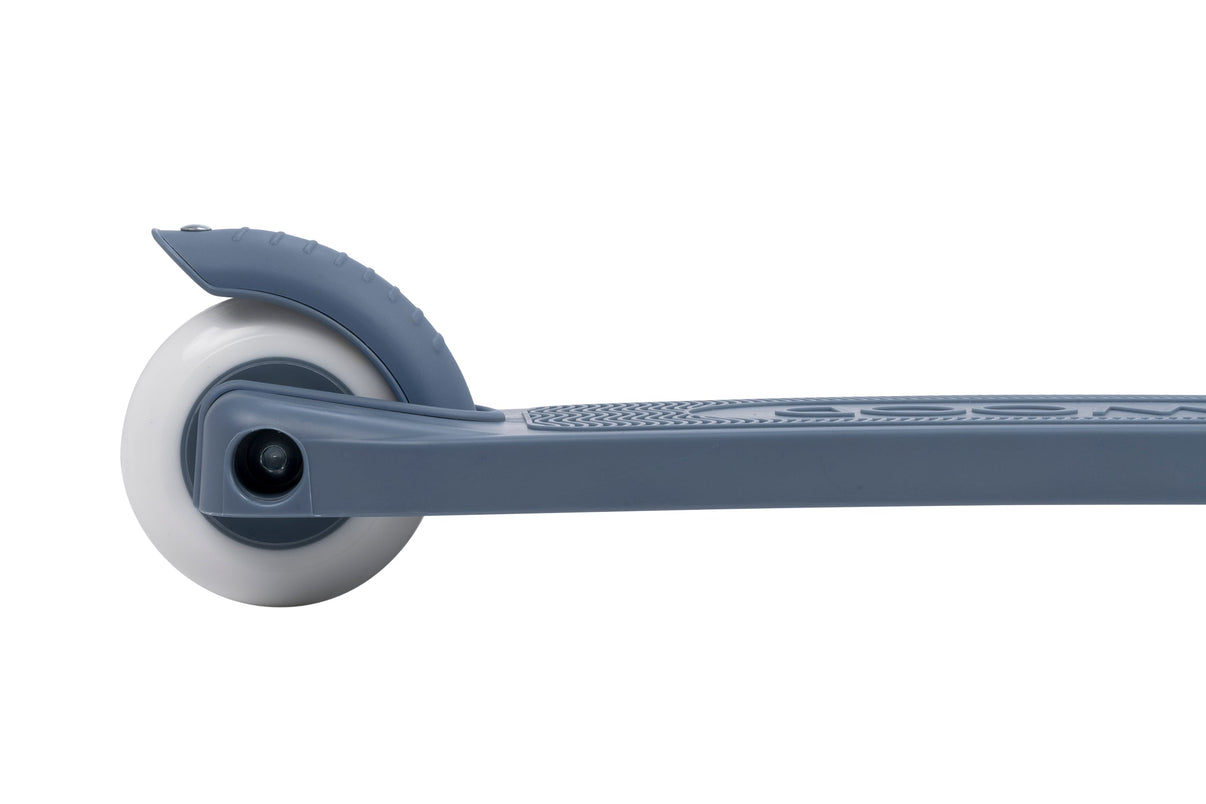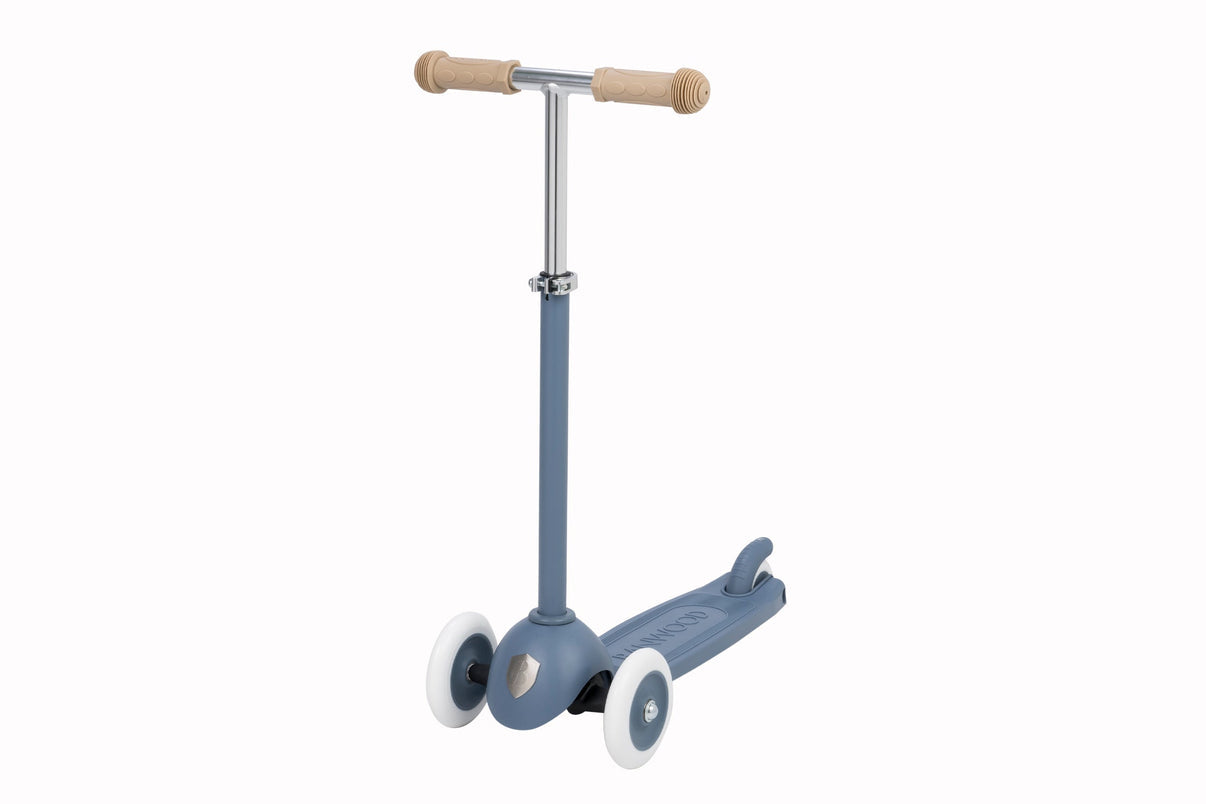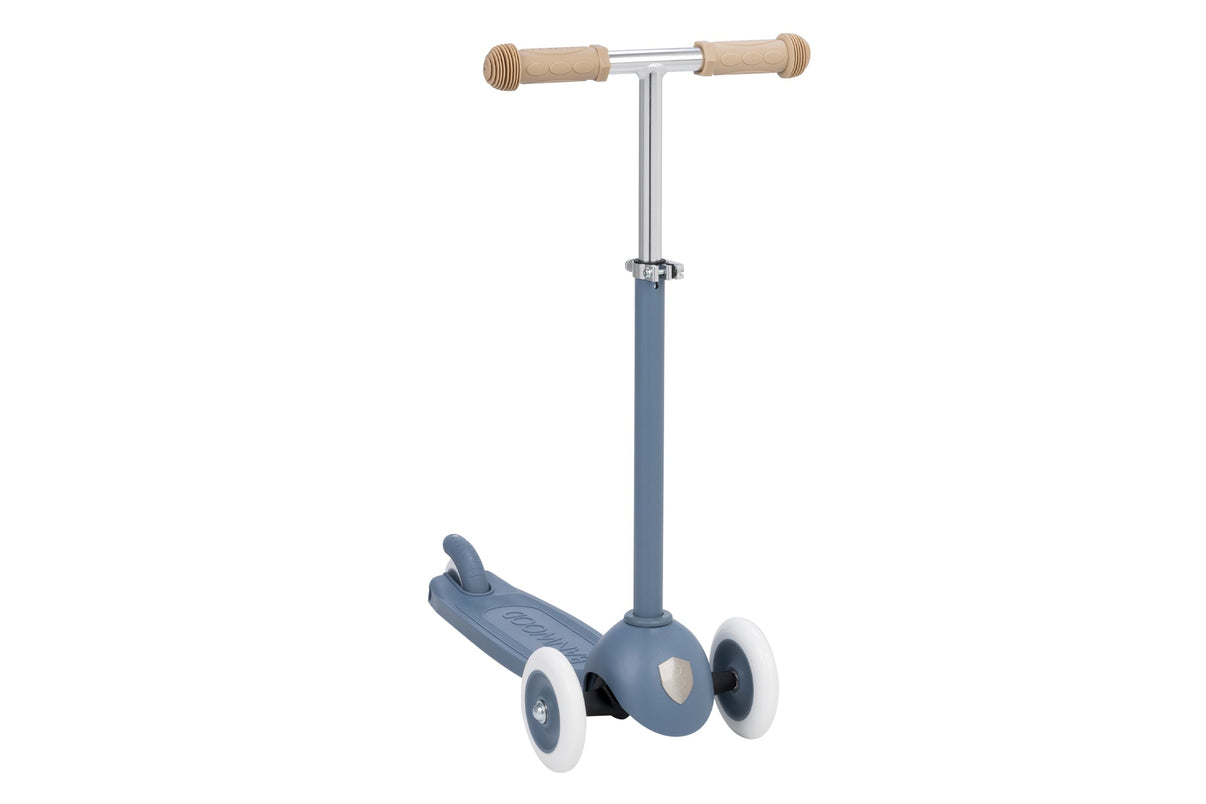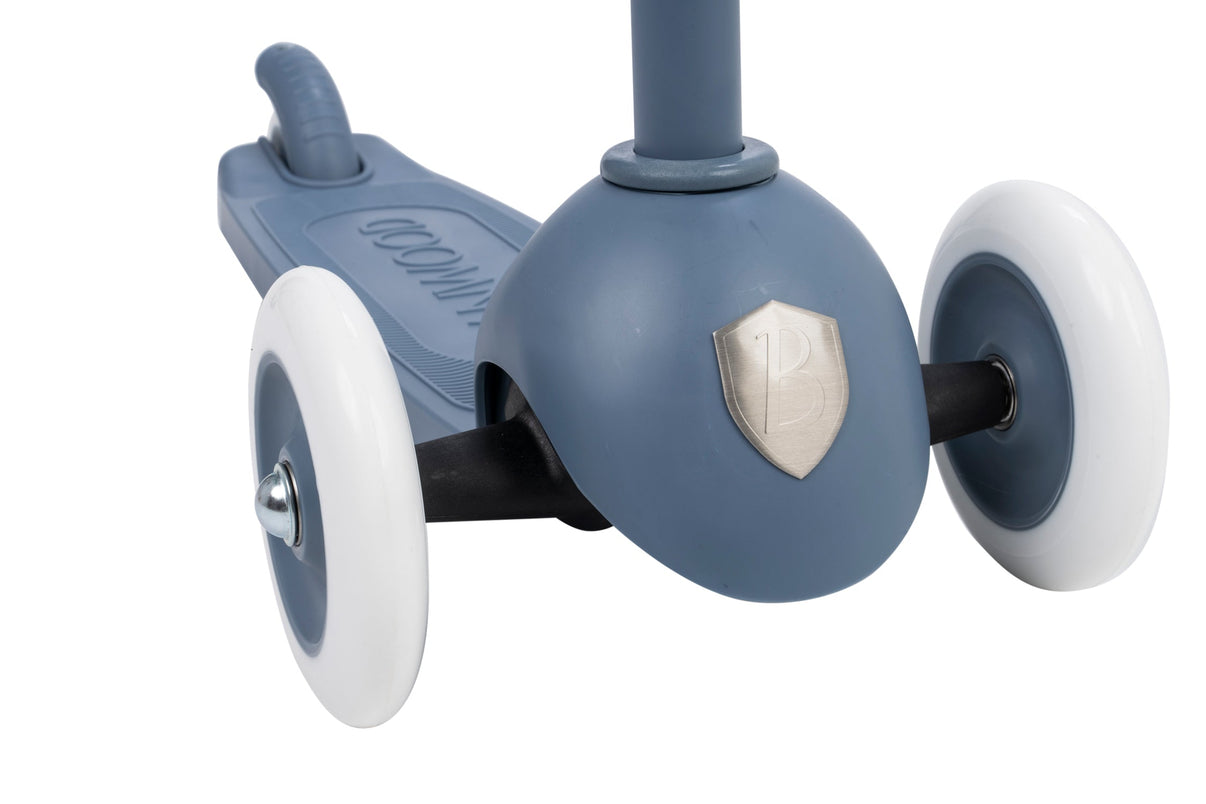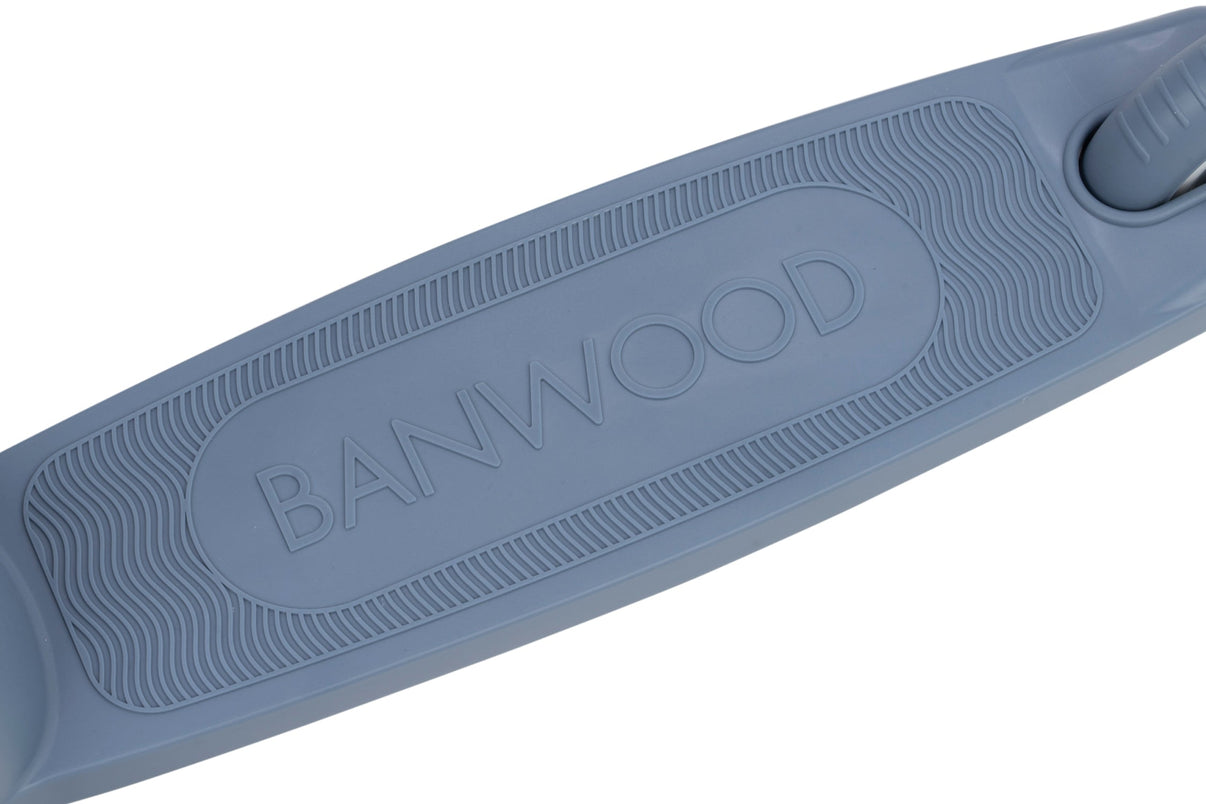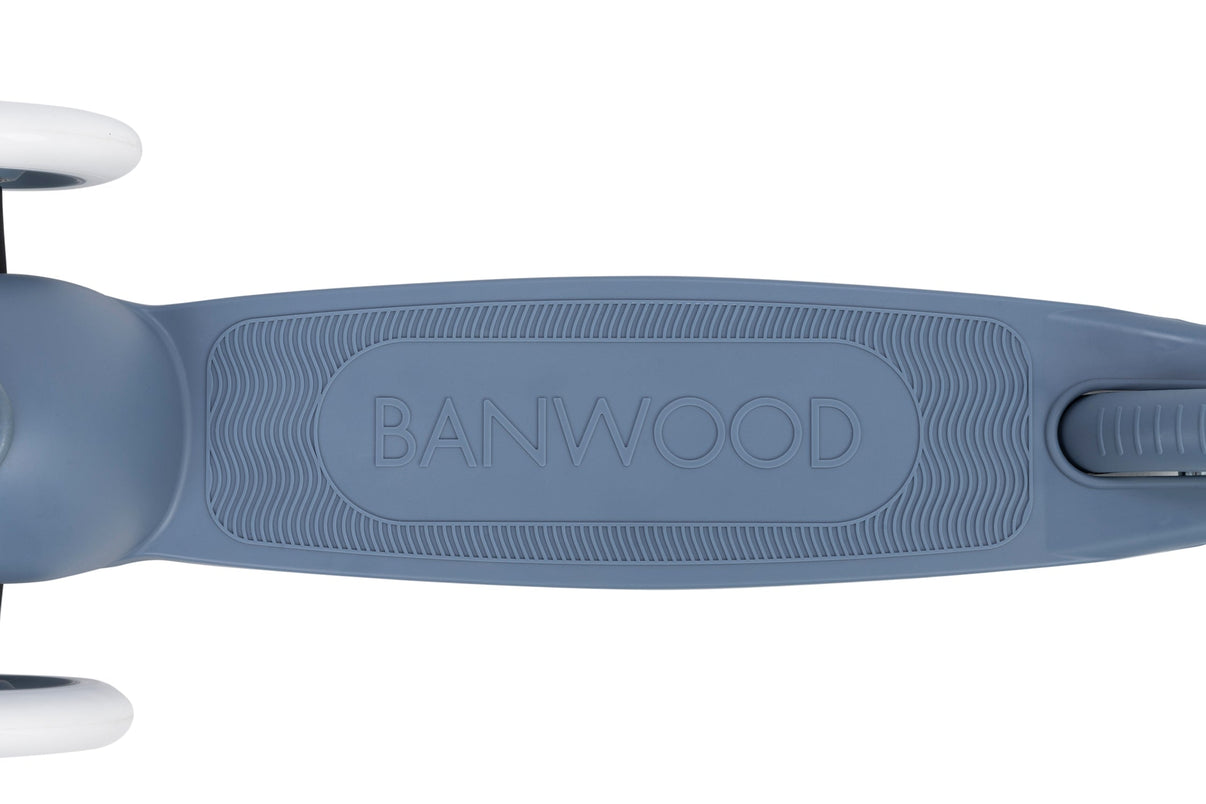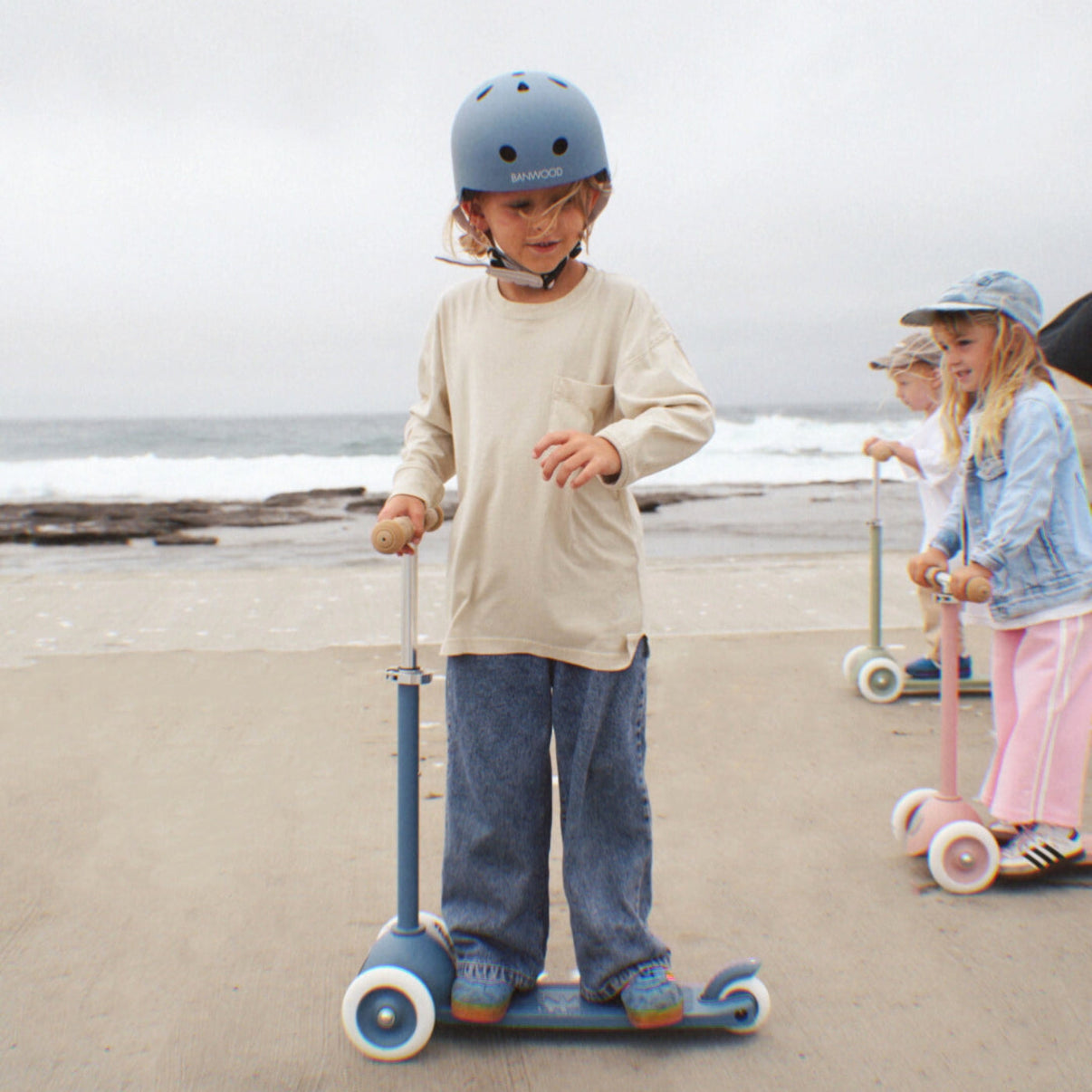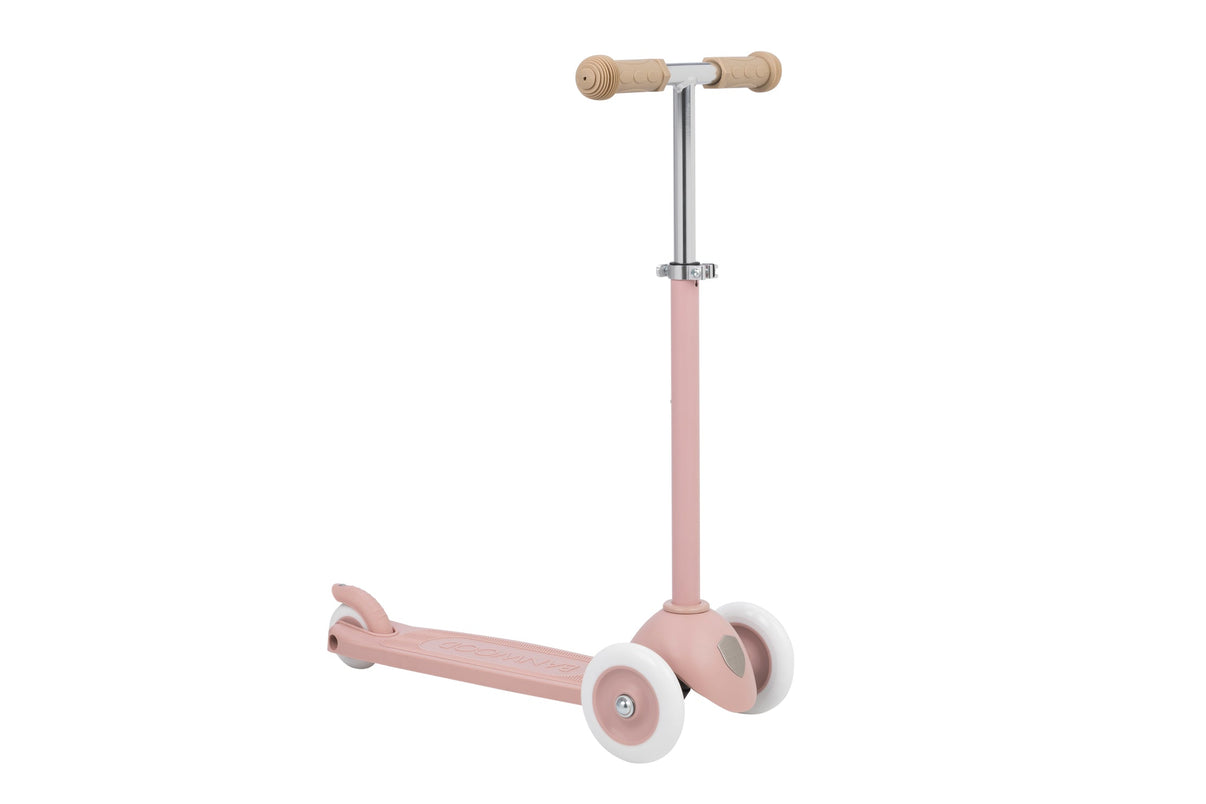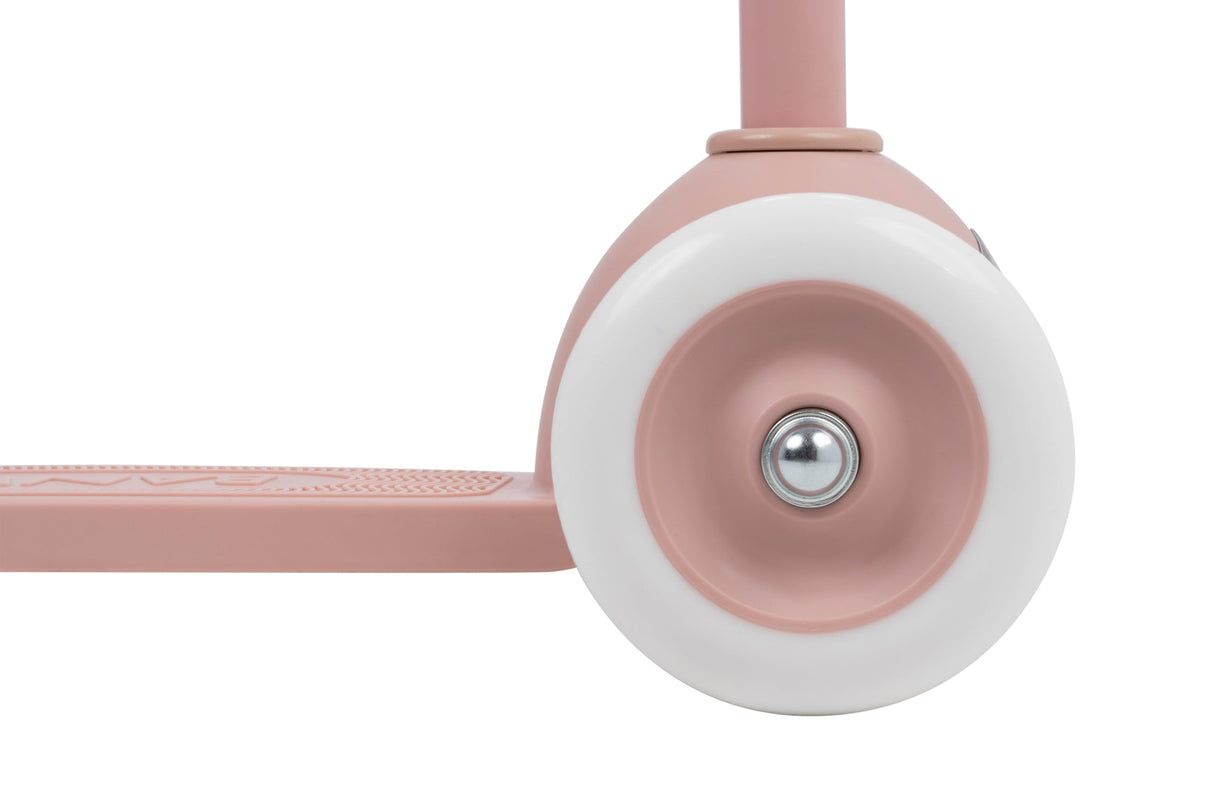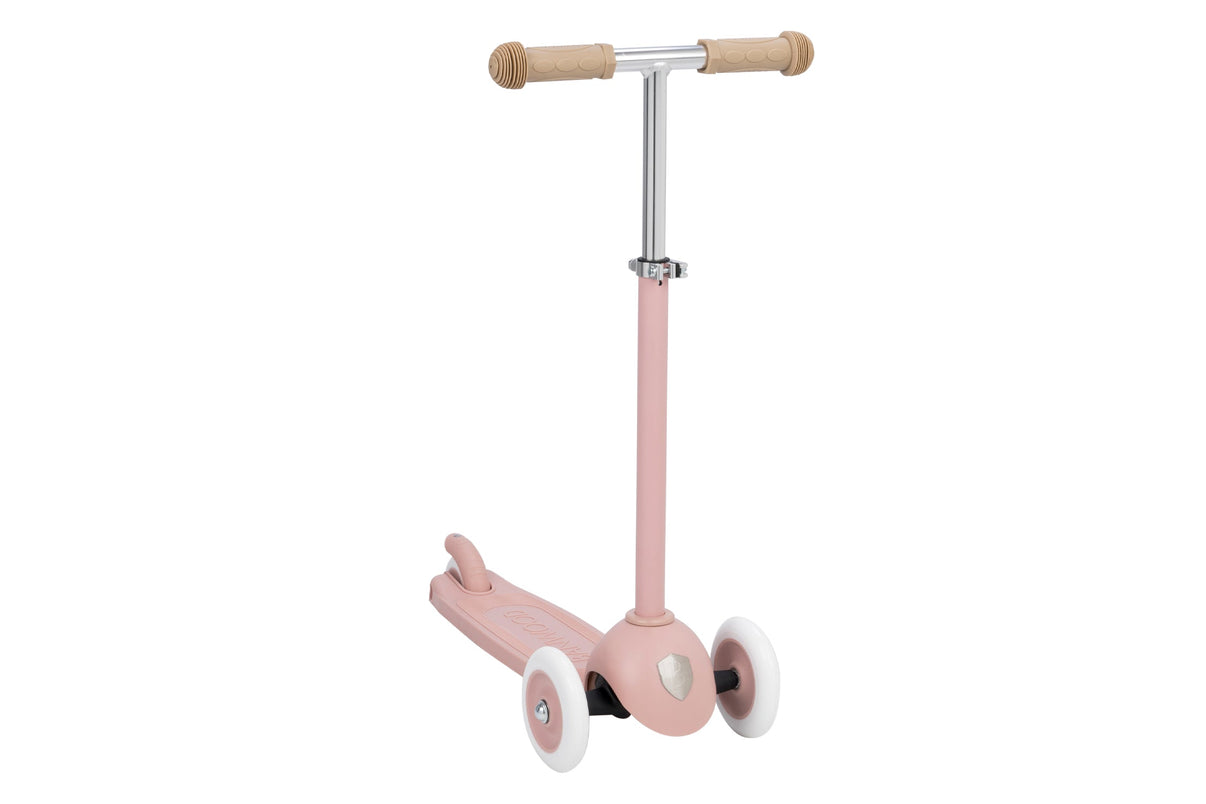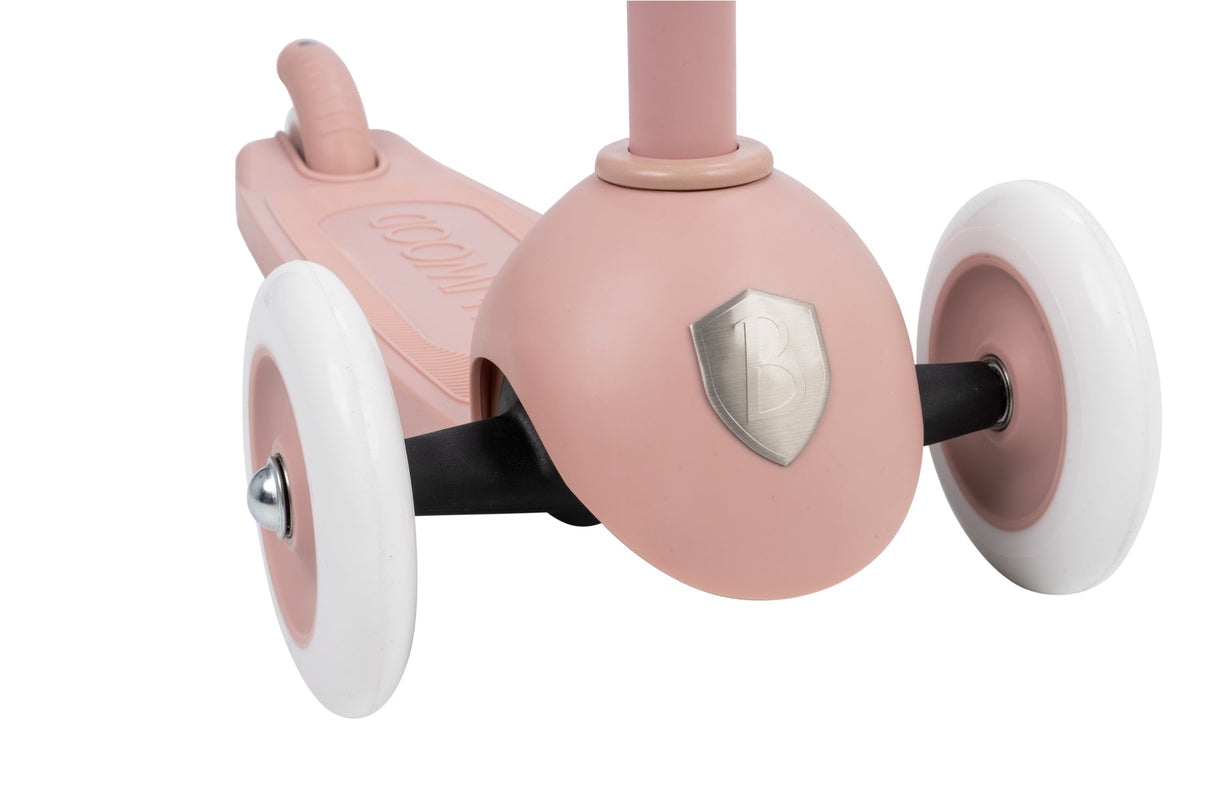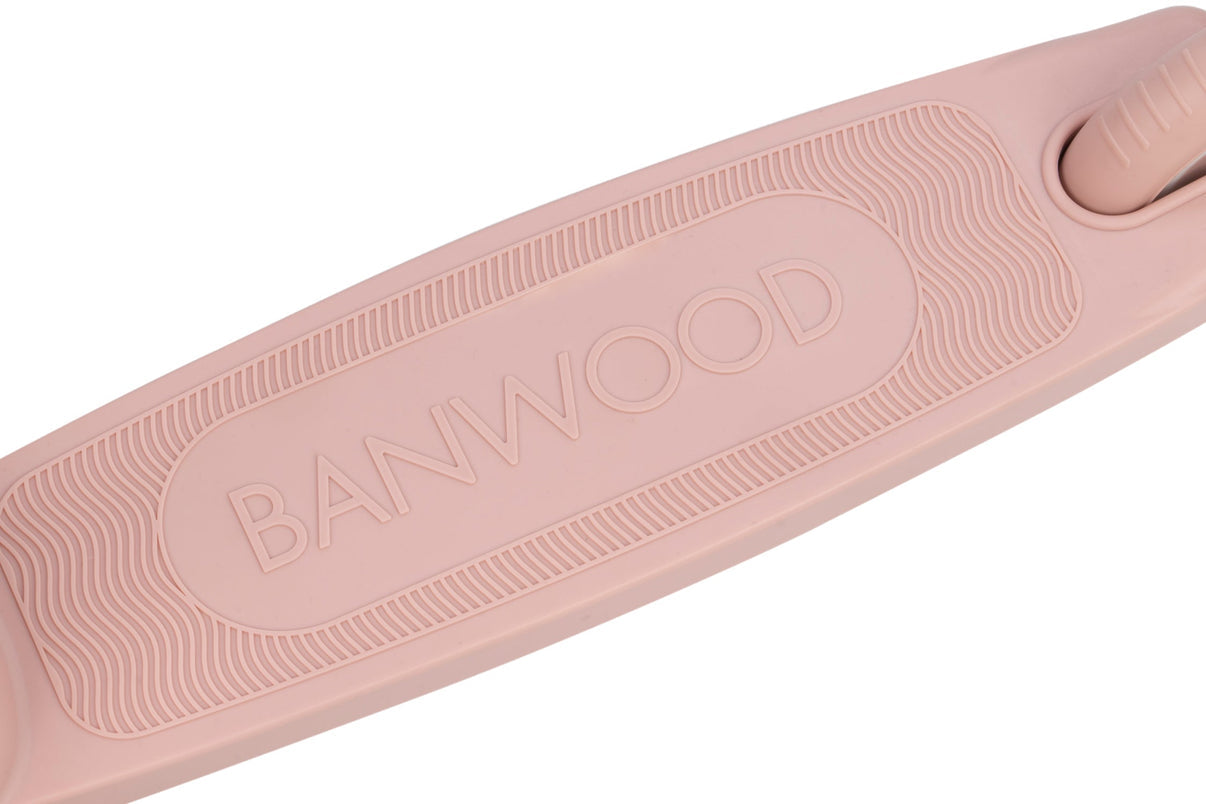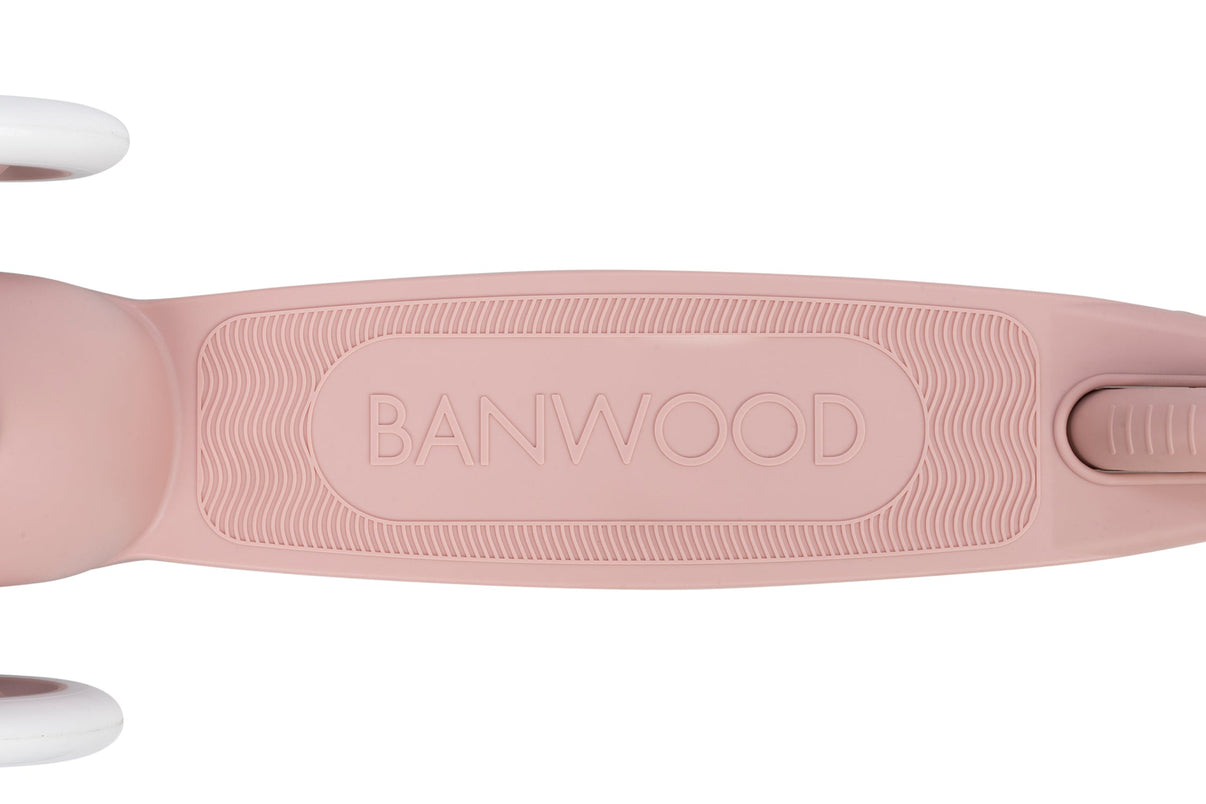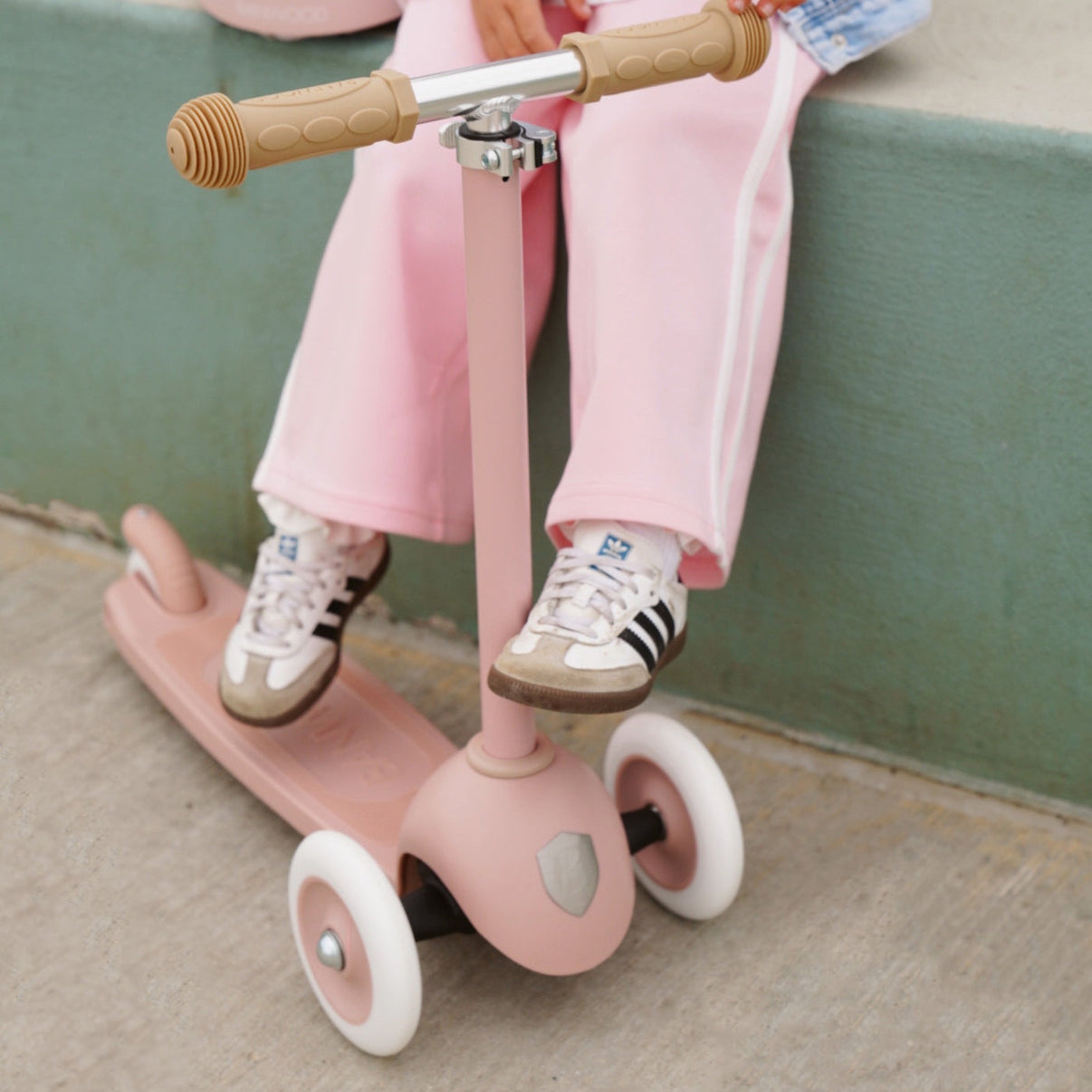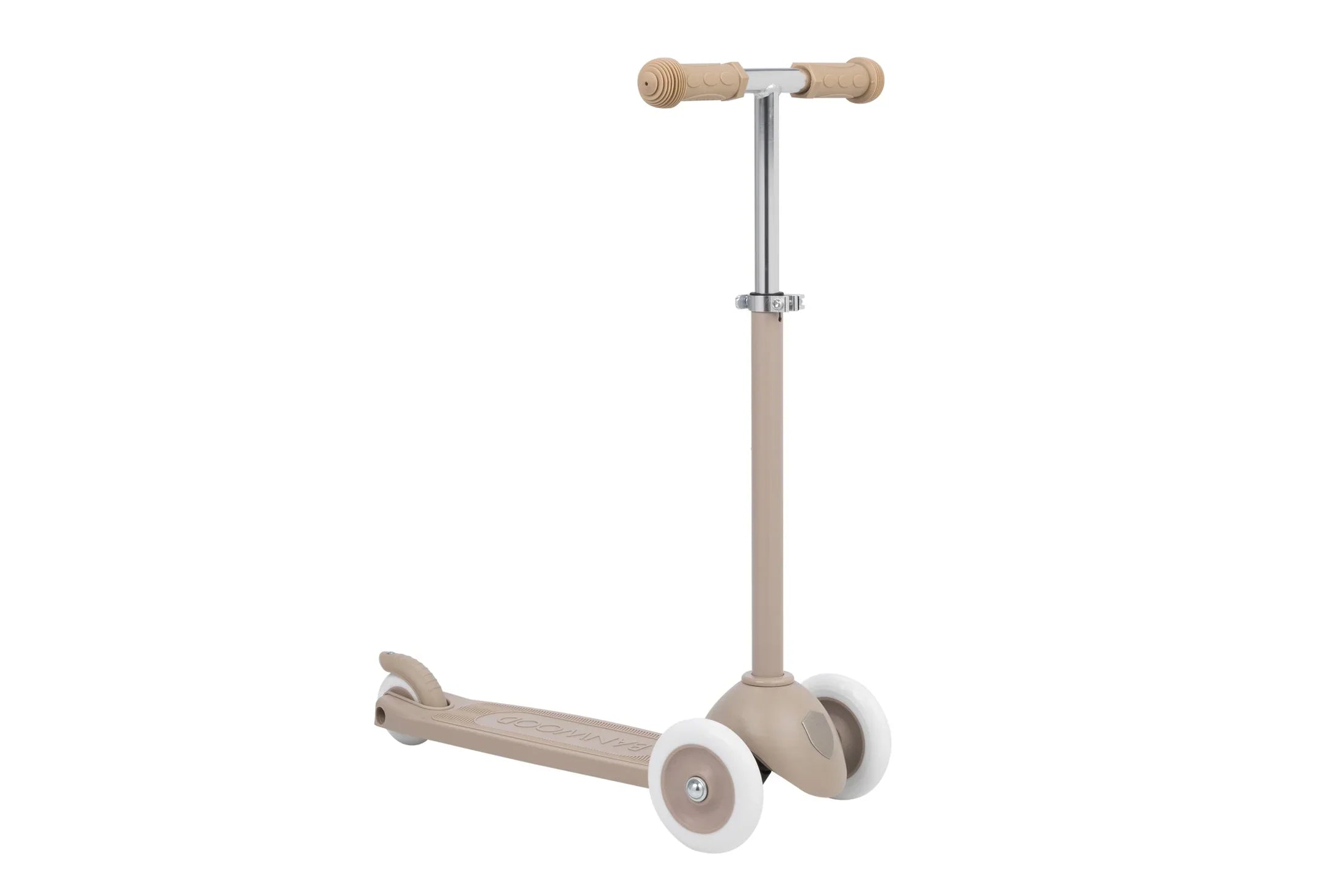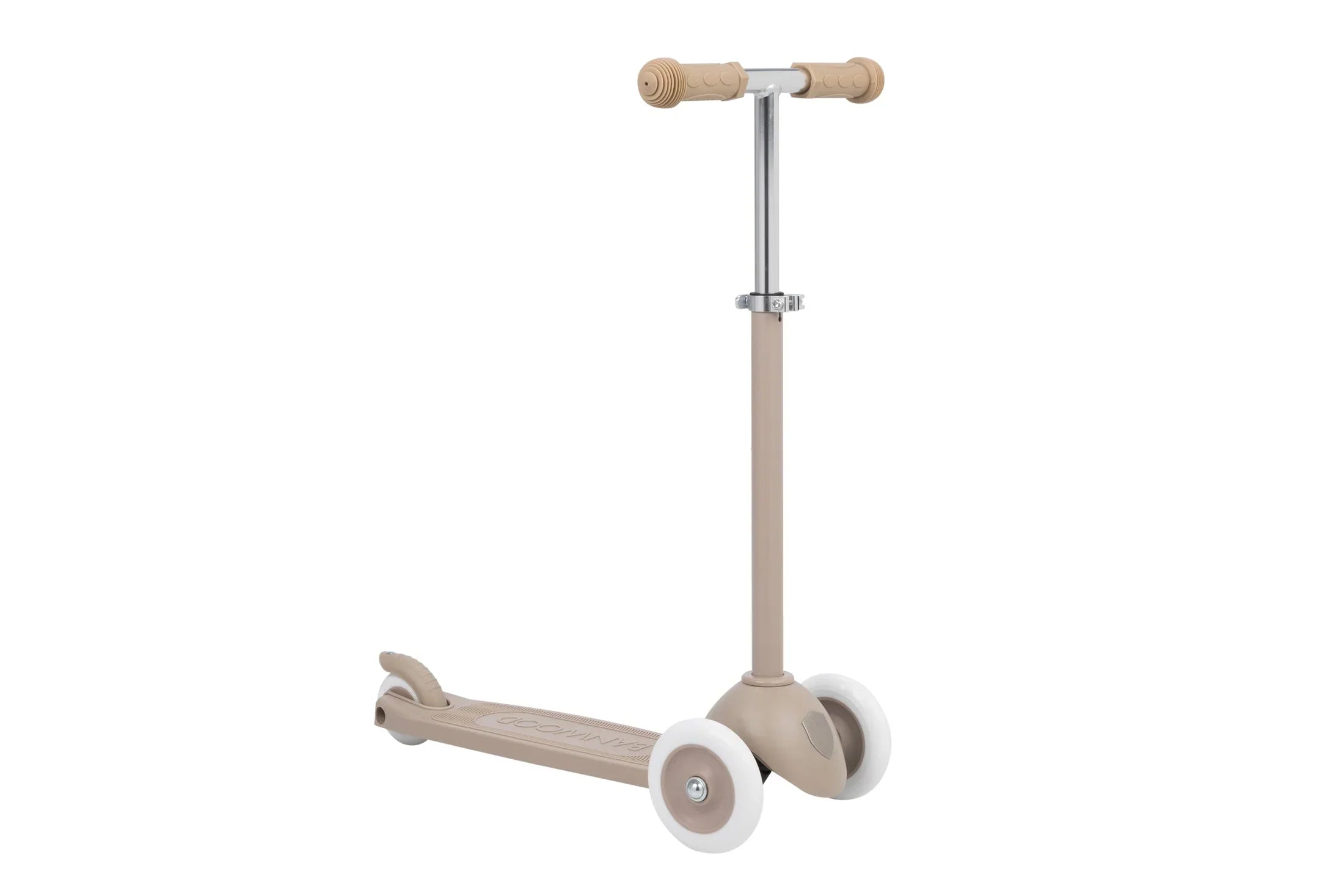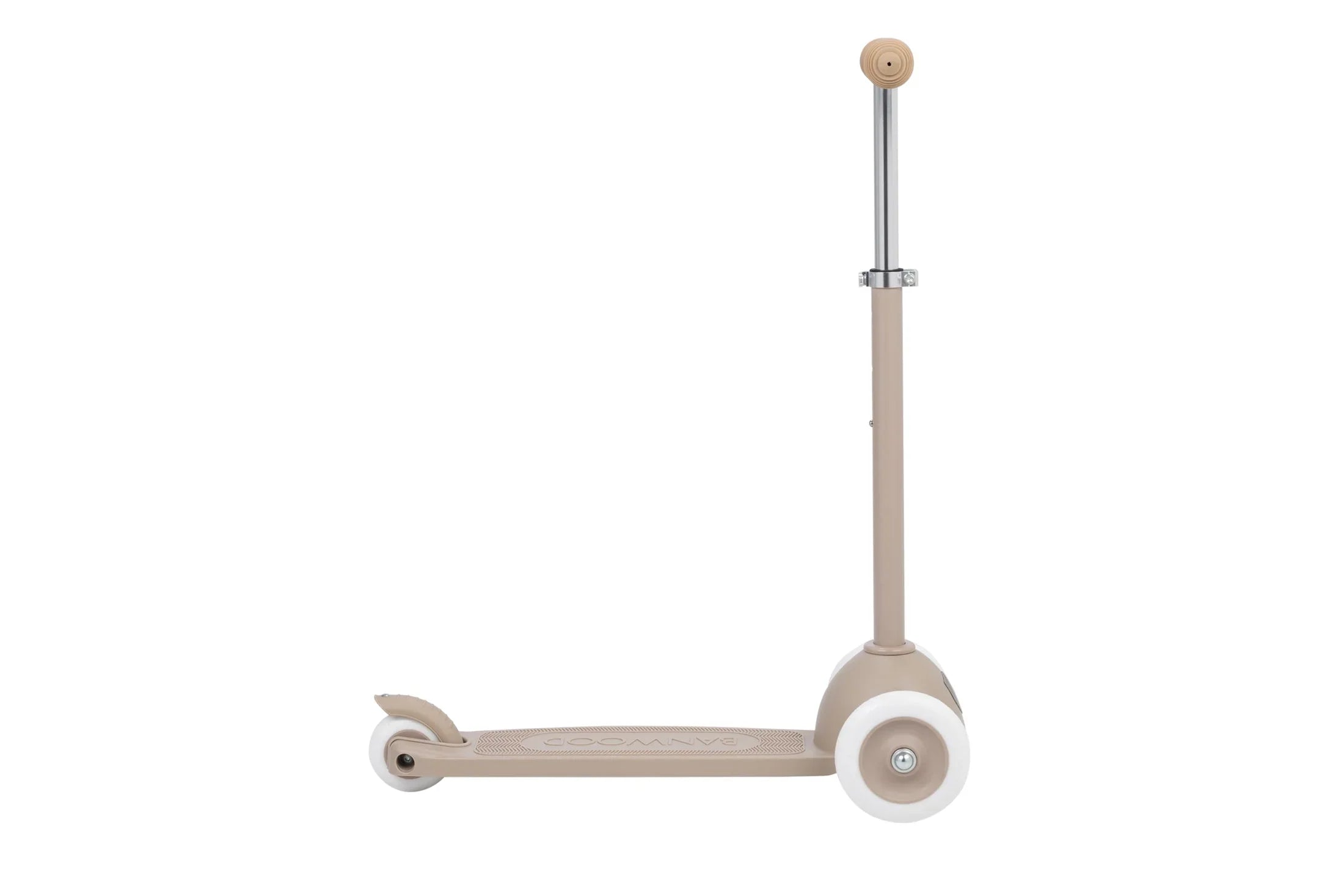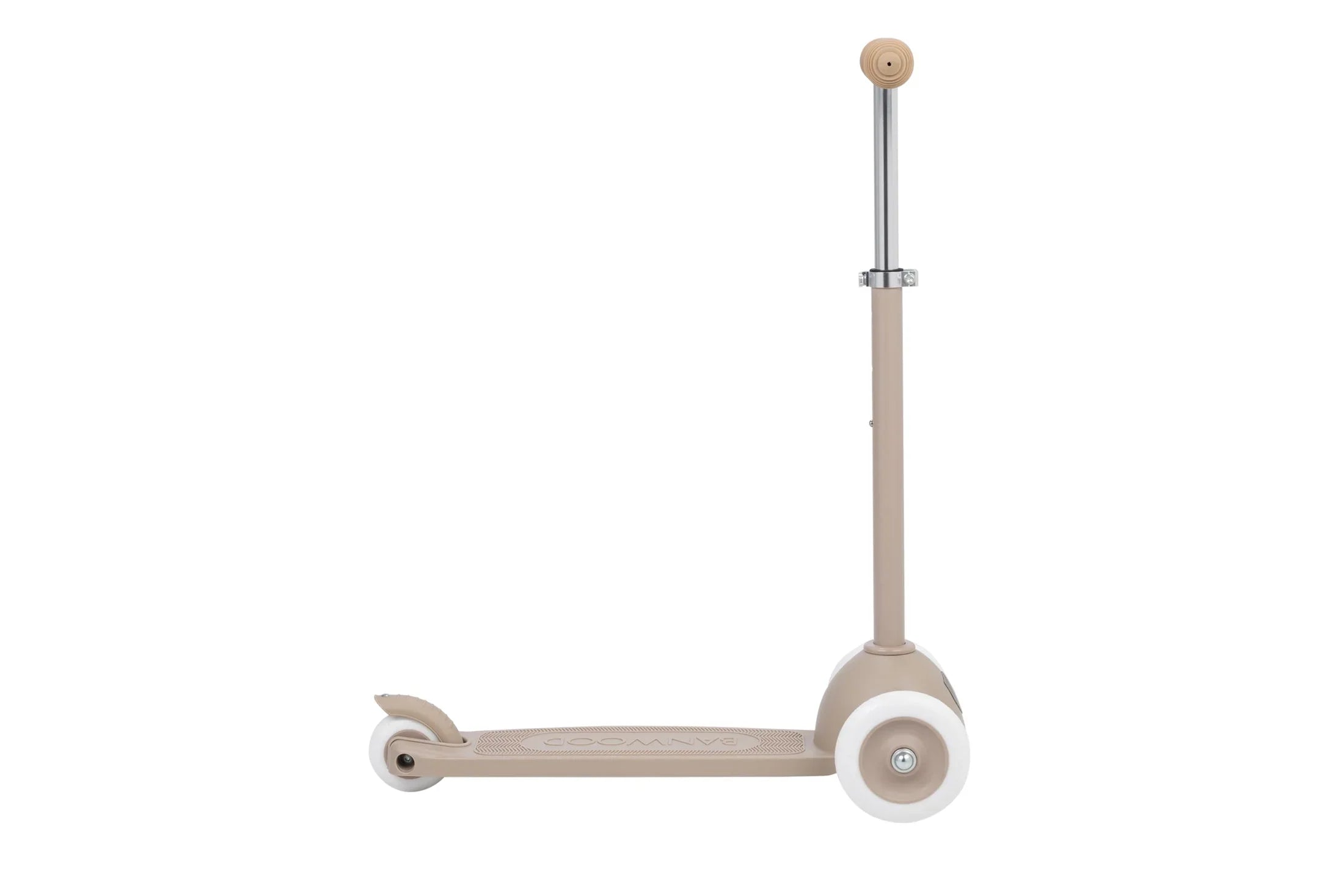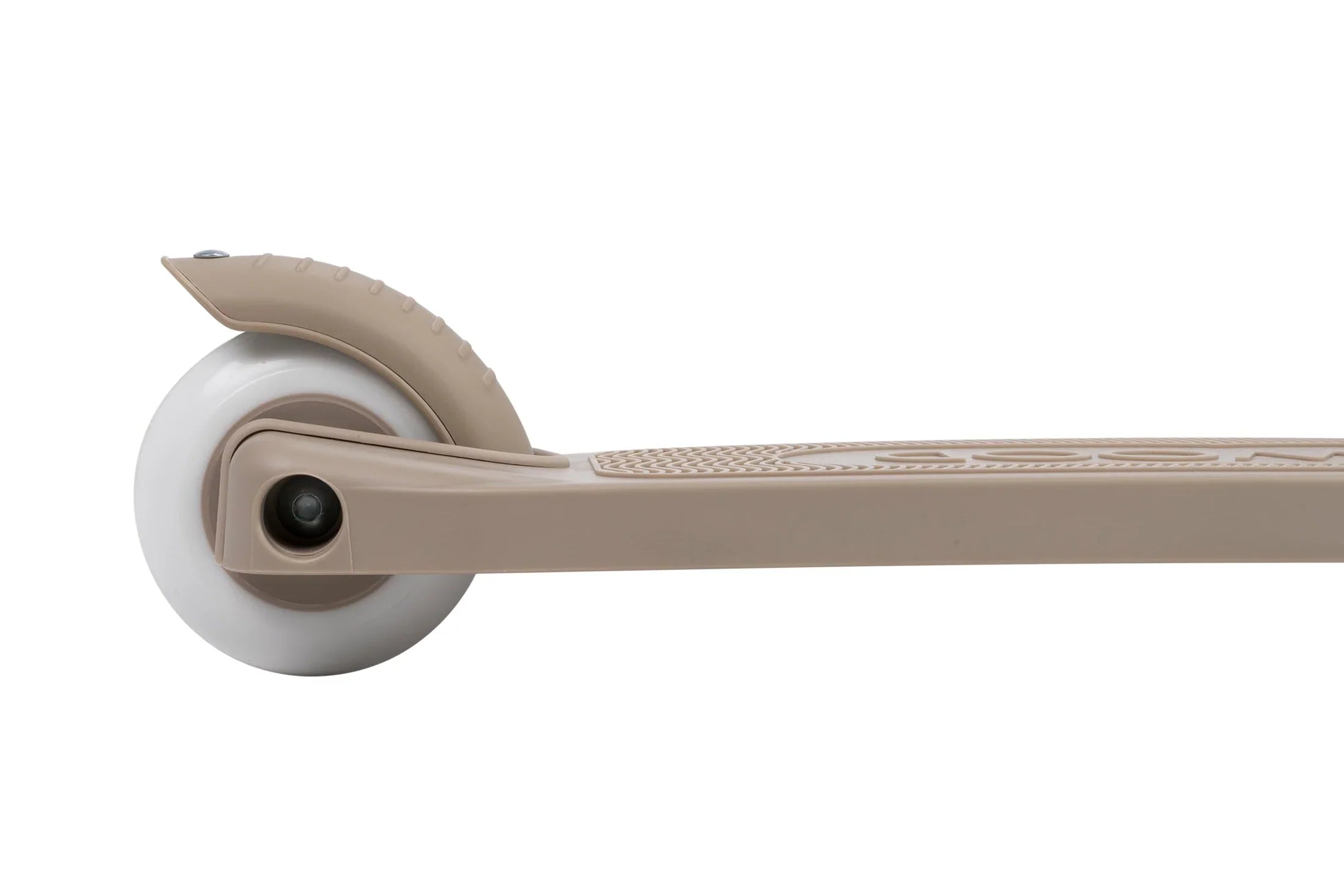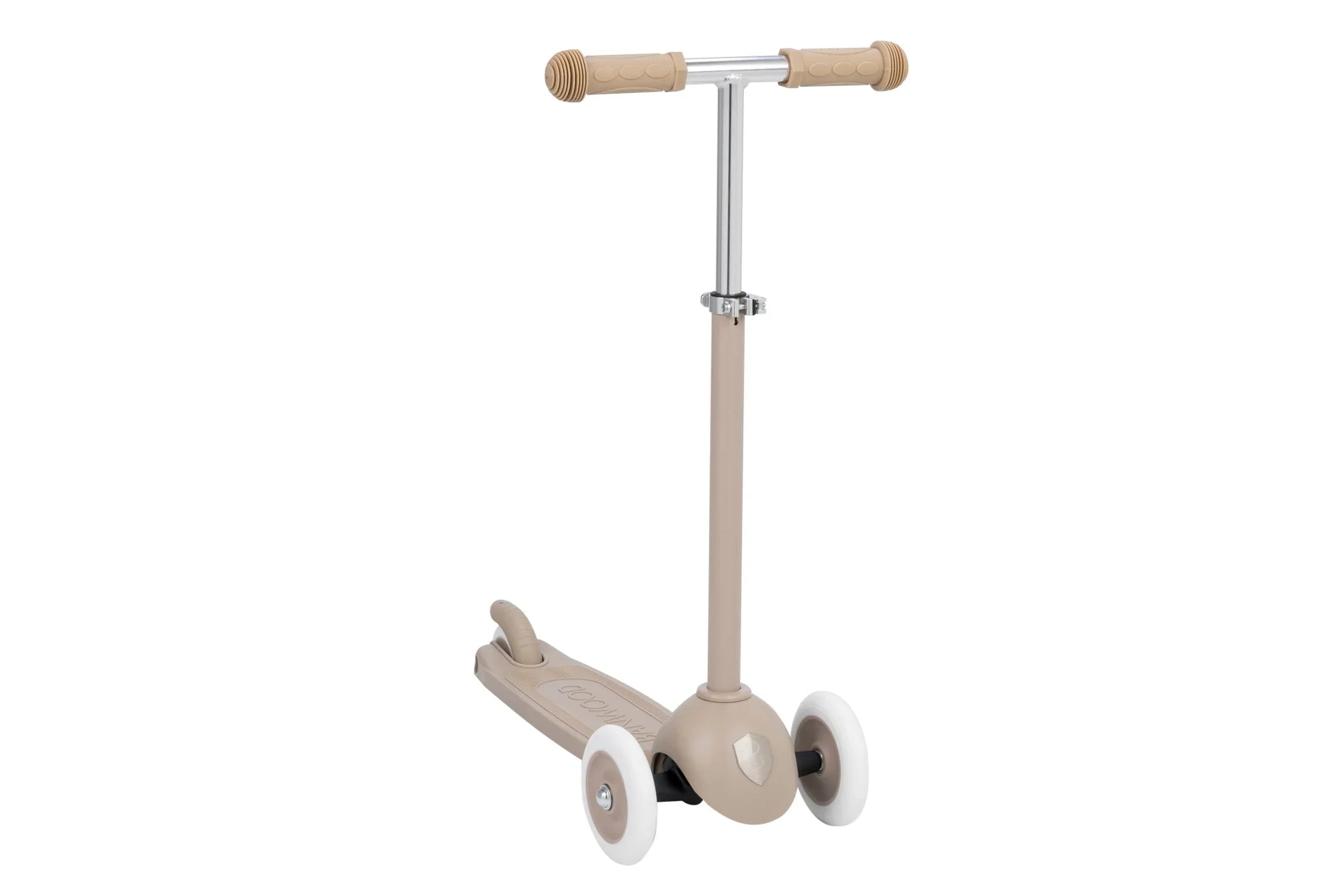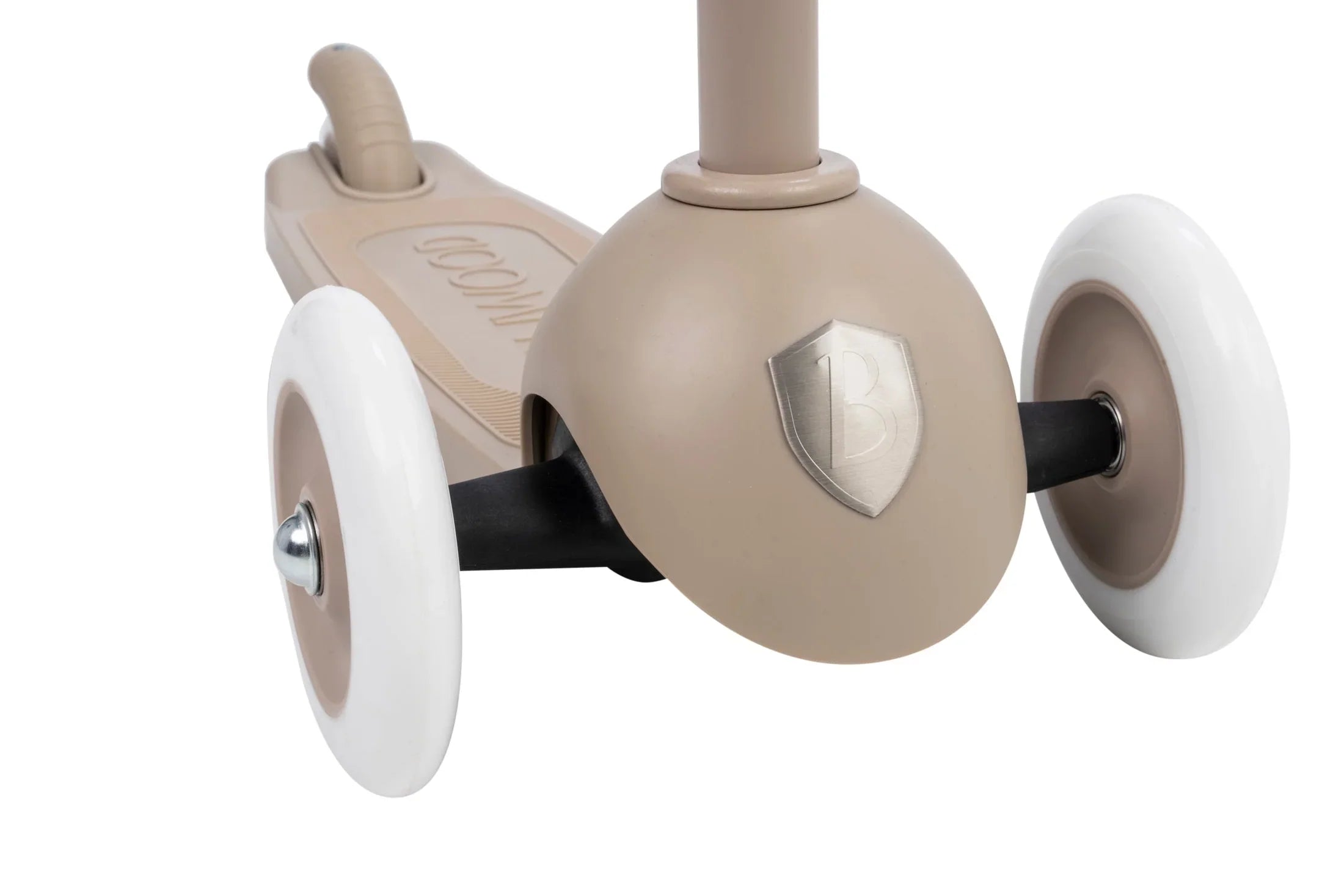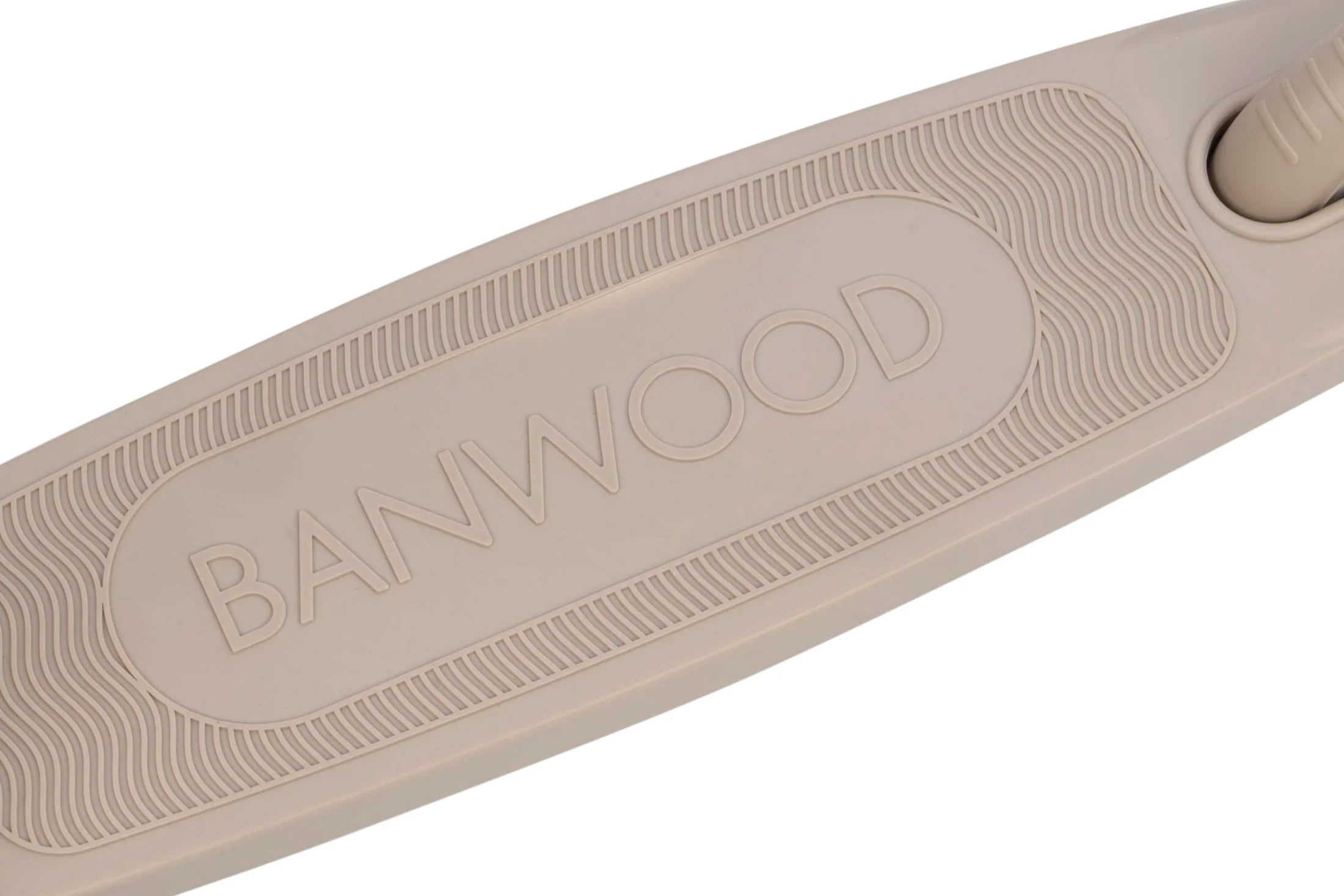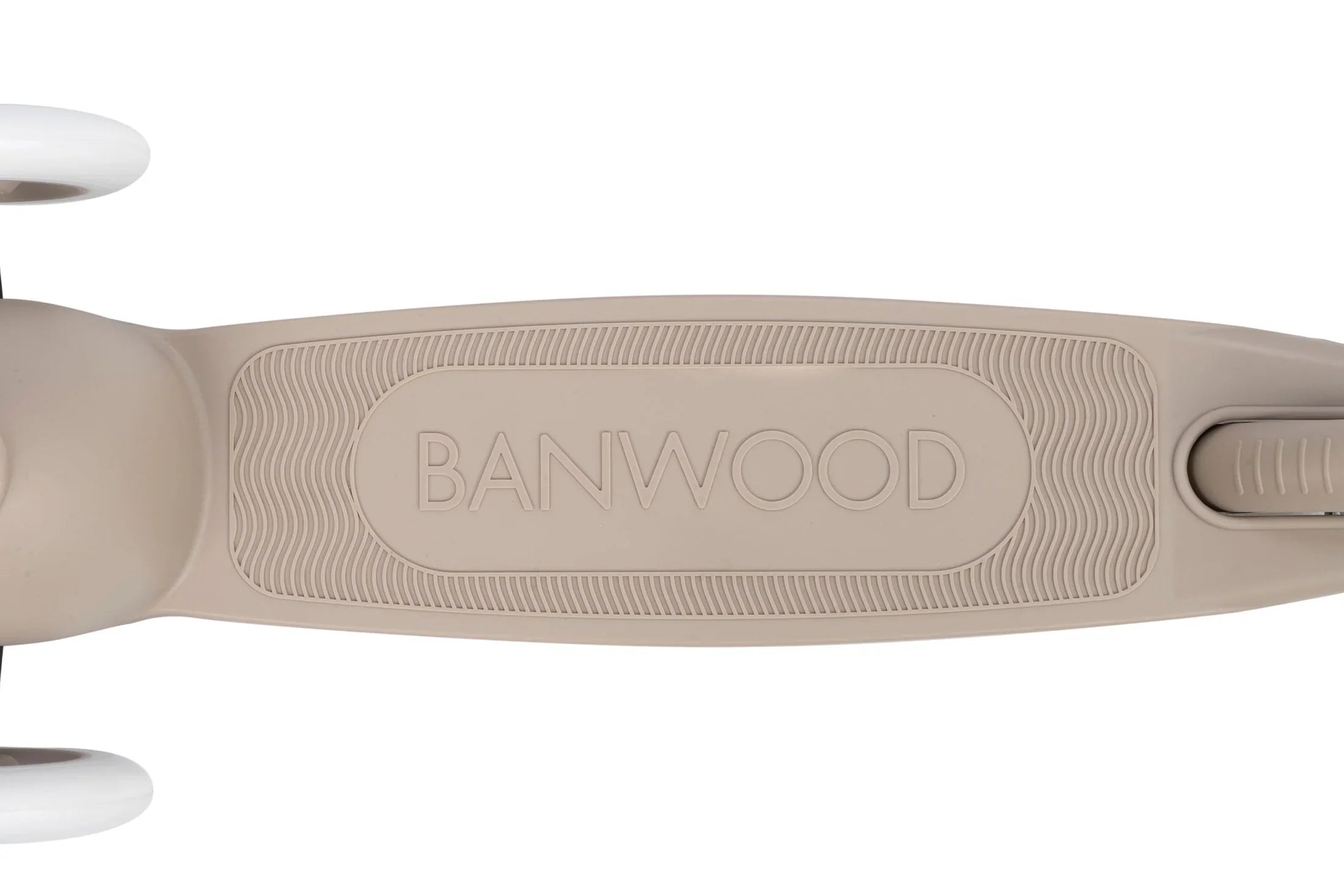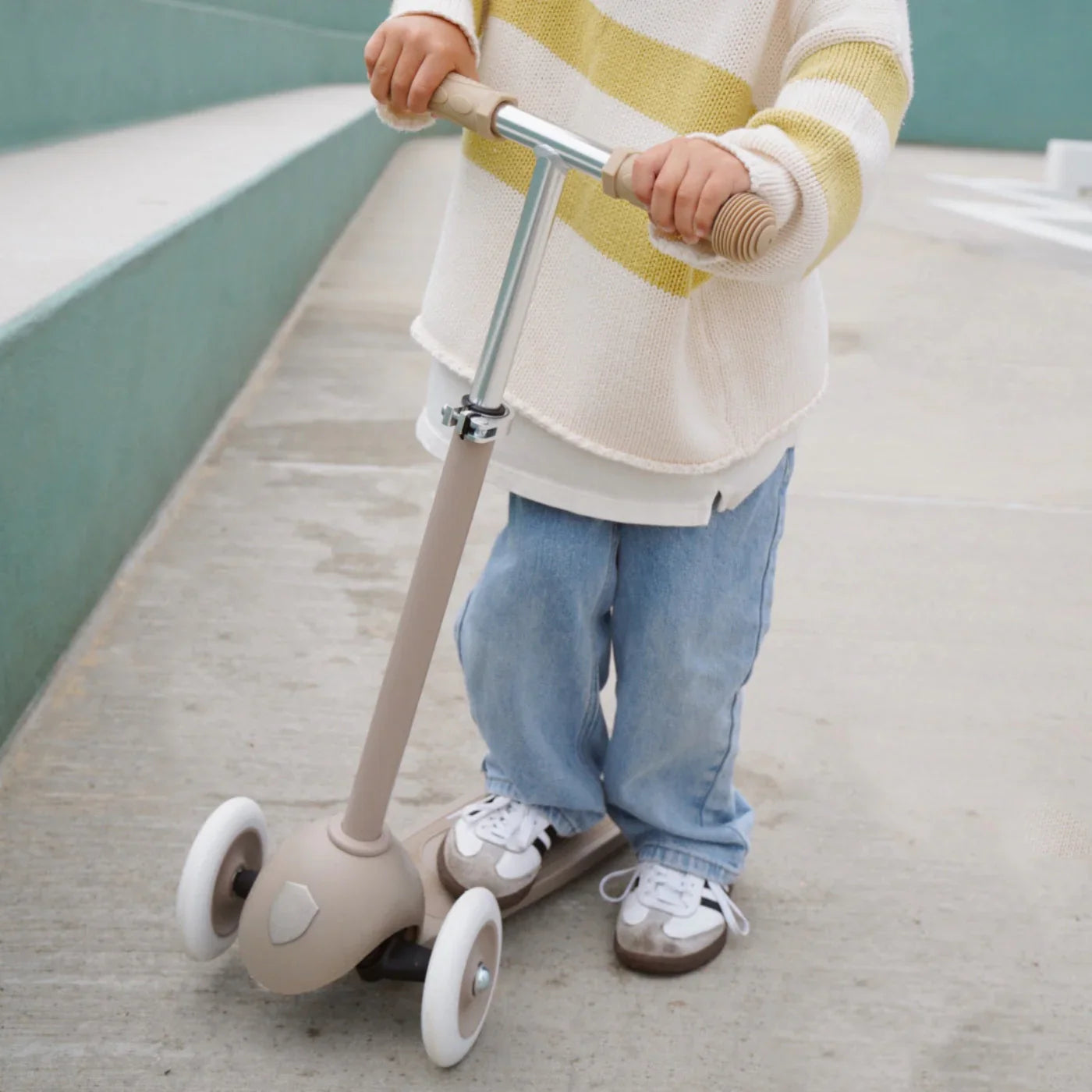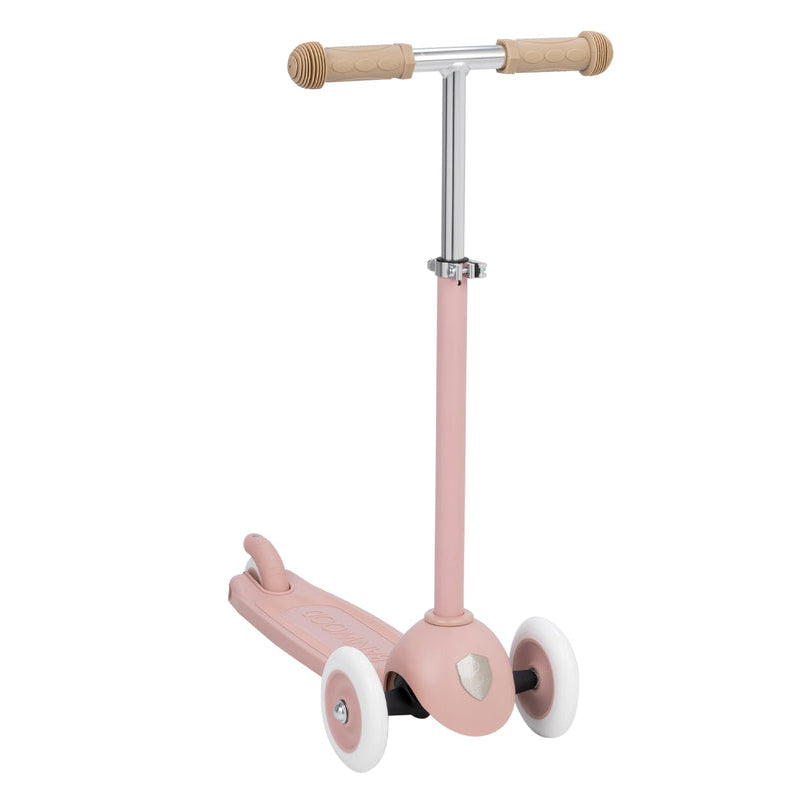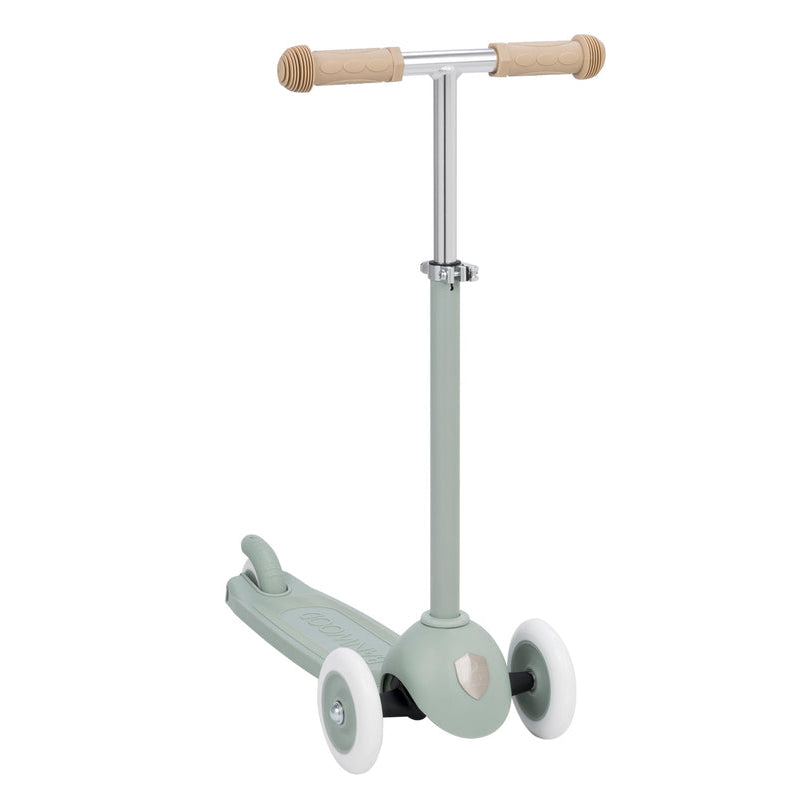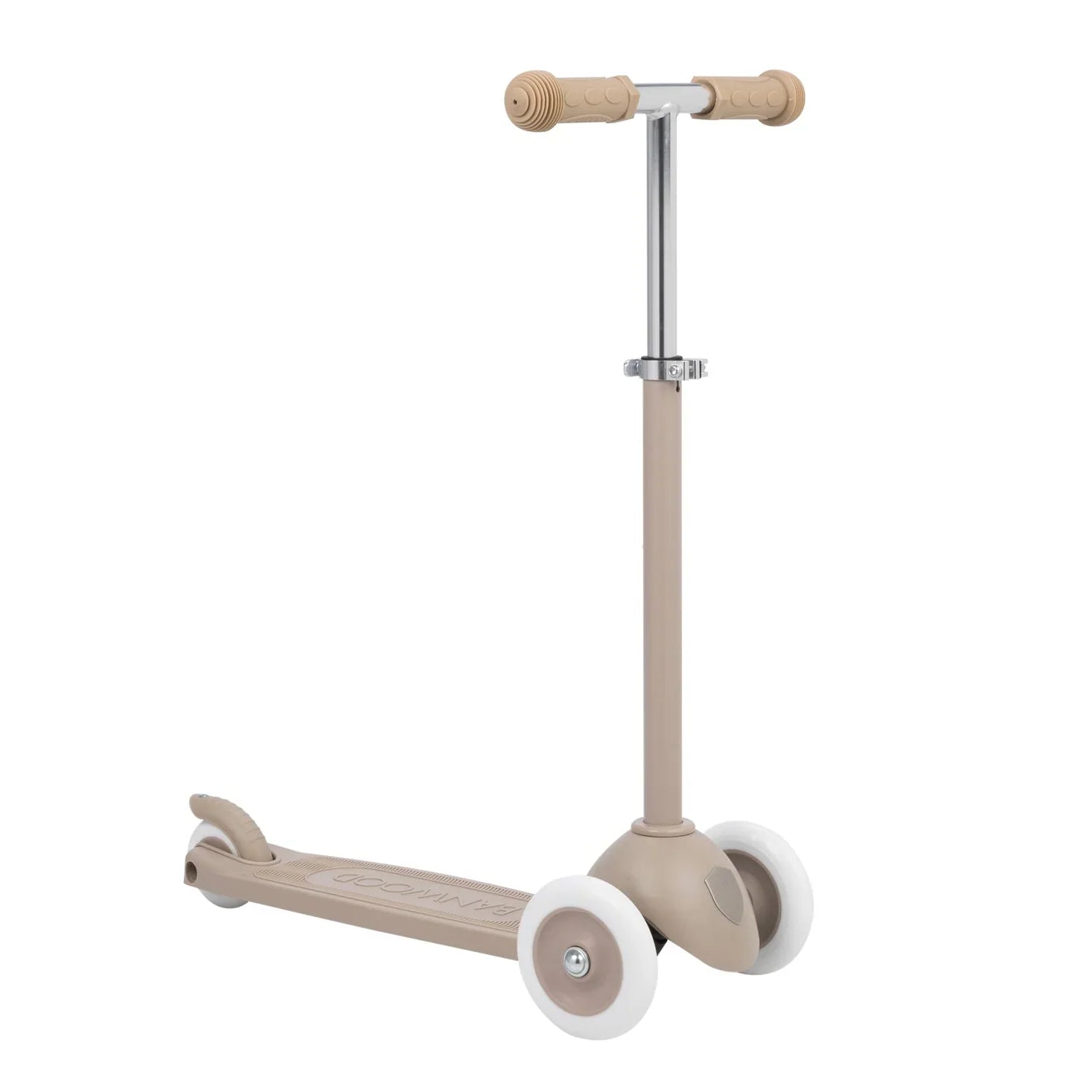In the journey of childhood development, every toy serves as a building block, shaping cognitive, motor, and social skills. Among these, shape sorters stand out as timeless classics, offering a plethora of benefits that extend beyond mere entertainment. From enhancing problem-solving abilities to fostering fine motor skills, the humble shape sorter holds a pivotal role in a child's early learning years. Let's delve into the multifaceted advantages that these seemingly simple toys bring to a child's developmental journey.
Enhancing Cognitive Skills: At the core of shape sorters lies the fundamental concept of matching shapes with corresponding slots. This seemingly straightforward task serves as a potent stimulant for cognitive development in children. As they manipulate different shapes and observe their unique attributes, children engage in critical thinking and problem-solving processes. They learn to recognize shapes, understand spatial relationships, and develop a sense of geometry, laying the groundwork for future mathematical concepts.
Fine-Tuning Motor Skills: The process of grasping, rotating, and fitting shapes into their respective slots serves as an excellent workout for a child's fine motor skills. As they manipulate the pieces, children refine their hand-eye coordination, dexterity, and finger strength. These foundational motor skills are crucial not only for academic pursuits but also for everyday tasks such as writing, drawing, and self-care activities. Shape sorters provide a fun and interactive way for children to hone these essential abilities, setting them up for success in various areas of life.
Encouraging Persistence and Patience: Mastering a shape sorter requires persistence and patience, virtues that are invaluable in both childhood and adulthood. Children encounter challenges as they attempt to match shapes correctly, and each successful insertion reinforces their perseverance. They learn that persistence pays off and setbacks are merely stepping stones towards eventual success. This resilience cultivated through play translates into a resilient mindset that equips children to tackle challenges with confidence and resilience in the future.
Fostering Social Interaction: While shape sorters are often enjoyed as solitary activities, they also provide opportunities for social interaction and collaborative play. When children engage in shape sorting activities together, they learn to communicate, cooperate, and share ideas. They take turns, negotiate roles, and celebrate each other's achievements, fostering important social skills that form the foundation of healthy relationships. Shape sorters thus serve as catalysts for social development, nurturing essential interpersonal skills from an early age.
Promoting Creativity and Imagination: Beyond their intended purpose, shape sorters often spark creativity and imagination in children. As they experiment with different ways to manipulate the shapes, children explore new possibilities and invent their own games. A shape sorter becomes not just a tool for matching shapes, but a canvas for imaginative play. They might sort shapes based on colors, create stories about the characters represented by the shapes, or even incorporate the sorter into elaborate pretend-play scenarios. This freedom to explore and create fosters a love for learning and fuels a child's imagination, laying the groundwork for future creativity and innovation.
In the realm of childhood development, shape sorters stand as stalwart allies, offering a treasure trove of benefits that extend far beyond their simple appearance. From honing cognitive and motor skills to nurturing social interaction and fostering creativity, these timeless toys play a vital role in shaping the minds and hearts of young learners. As children engage with shape sorters, they embark on a journey of discovery, unlocking the potential within themselves and laying a solid foundation for lifelong learning and development.

























































